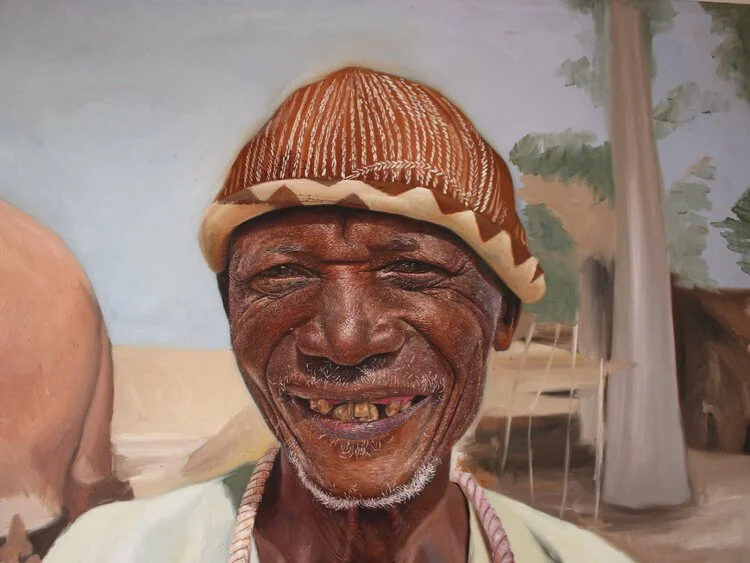The Rise of Hyperrealism Art in Nigeria
Find out how the hyperrealism movement started in Nigeria, why it caught on, artists leading the movement and a showcase of their beautiful works, and what’s next for the art style by Nigerian artists
Painting by Silas Onoja
“It’s a photo…it’s a drawing…it’s a photo…no, wait, a drawing…wow!”
That’s what hyperrealistic art does to you - confuses your brain and makes you wonder how you could mistake a pencil drawing or a painting for an actual photograph. But that’s the power of the art form, and this trickery is what makes it so fascinating and compelling.
Hyperrealistic artists use a pencil or/and charcoal (usually) or even paint and other media (like we will see below) to create drawings that are meant to be as realistic as possible. 2016 saw an explosion of this art in Nigeria, especially amongst young, emerging artists who were using this simple media to mirror their lives and their feelings about society into their art. Many of them are self-taught which is even more inspiring.
It seemed like the community was almost non-existent (at least with regards to awareness amongst the masses) until Lagos-based artist, Oresegun Olumide, released images of his hyperrealistic oil paintings on social media. They went viral. The Nigerian artist painted exciting images of little children living with abandon - playing with water that splashed everywhere or ran down their faces and bodies like they had a life of their own. These simple water droplets were so life-like that it made people start to question - how did he do this?
This spelled the beginning of the discovery of more Nigerian artists who were also breathing life into their creations - some using only pens to achieve this!
How did we get this far?
A few other incidences helped bring the Nigerian hyperrealism style to the world stage. In early 2016, CNN released an article about Oresegun Olumide’s oil paintings which looked like photographs in their African Voices series - catapulting the artists’ Facebook fame to more ‘serious’ channels that made mainstream collectors sit up. Over the next couple of years, they carried features of rising hyperrealistic artists, notably a compelling article about another emerging artist, Ken Nwadiogbu, who uses only charcoal and pencil to make his drawings look like B&W photographs!
What really catapulted the art form and gave several of its artists their first exhibition opportunity was the hyperrealism exhibition titled Insanity, organized by the popular Omenka Gallery in late 2016. The exhibition was dedicated to showcasing the works of 10 artists in the style and was an overwhelming success. This was the first of its kind and showed that the style was not just awe-inspiring, but of course, commercially viable.
And since 2017, hyperrealism artist Arinze Stanley has had so many successful exhibitions and press that his contribution to the art form (in the Nigerian context) can’t be skirted over. Over the years, the artist has been featured on Forbes, Pulse Nigeria, This Is Colossal, Bored Panda, Vice, Hypebeast, and many other blogs for his realistic pencil drawings - you’ll see some of his breathtaking works below.
And of course, another event we can’t discount was the genius Twitter hashtag #WeAreNigerianCreatives which encouraged young artists across Nigeria to showcase their art on a platform that gave them visibility both home and away.
No artwork is easy to create. But you can’t help but wonder at the painstaking patience and skill it takes to add so much detail and nuance to a painting or drawing that it looks like it was photographed. Courage too, cause the prospect of even starting such work is so daunting that one piece can take months. This is why we can’t help but shine a spotlight on the courageous and expressive artists behind these works.
Who you should look out for
Here are seven of our favorite hyperrealism Nigerian artists that we’re absolutely thrilled with and fascinated by:
Arinze Stanley
Arinze Stanley is arguably the most prominent hyperrealism artist from Nigeria and has come a long way since his first exhibition in Omenka Gallery, Lagos. His art is bought all over the world, notably in the US, and he is booked in shows for several years to come. In between shows, he’s got to dedicate about at least a month to each large scale drawing done in charcoal and pencil on paper. He goes pretty deep with the inspiration for his works too - politics and societal issues/norms are recurring themes - ‘what does it mean to be a Black Man in society?’; ‘What does it mean to make your own way amongst disparate voices?’; ‘how has crude oil (which made Nigeria rich) actually been the bane of individuals, dragging them deeper into poverty?’
The details that this self-taught artist puts in each drawing is truly awe-inspiring, with each stroke urging you to think deeper about the message too. See some of our favorite pieces below.
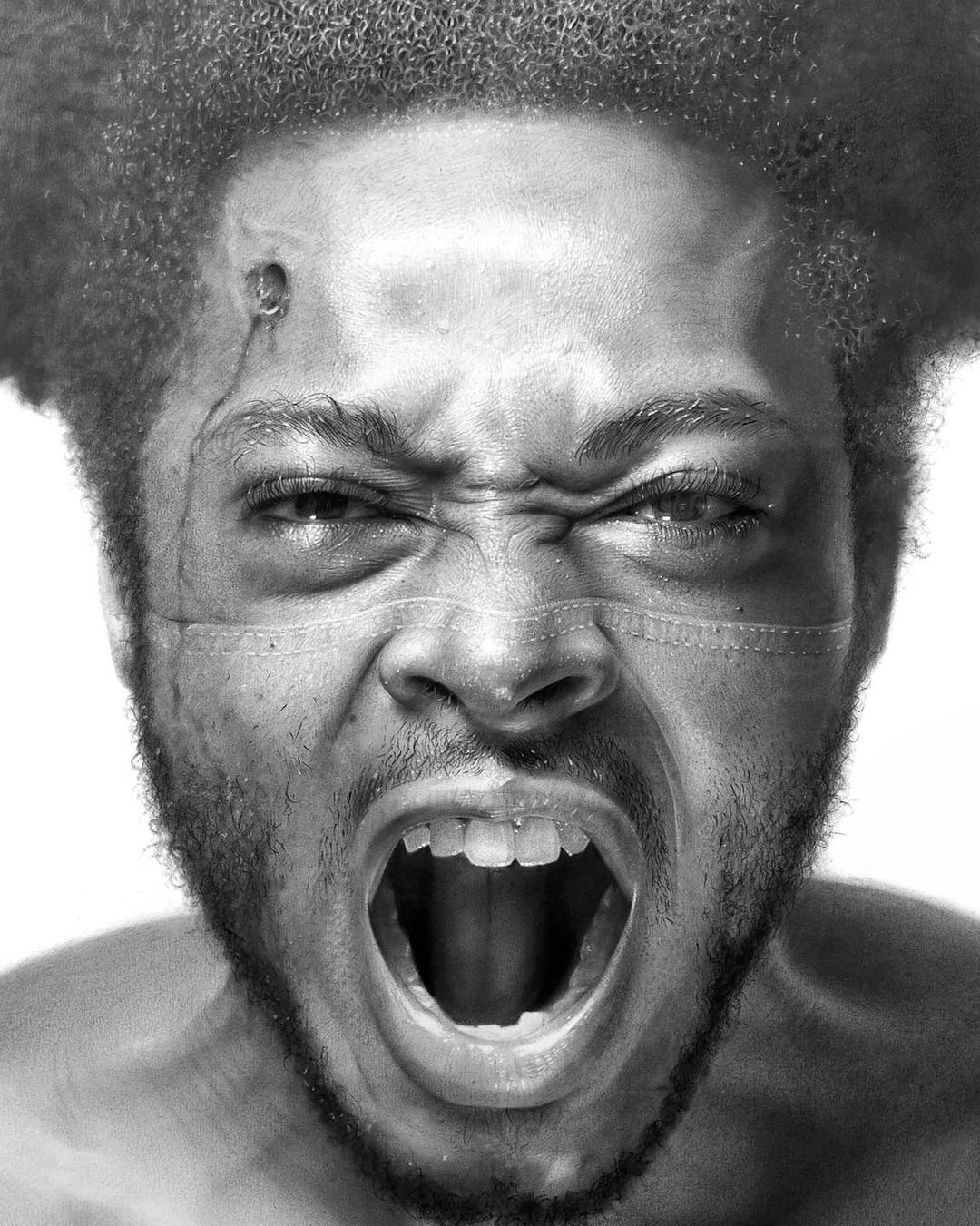
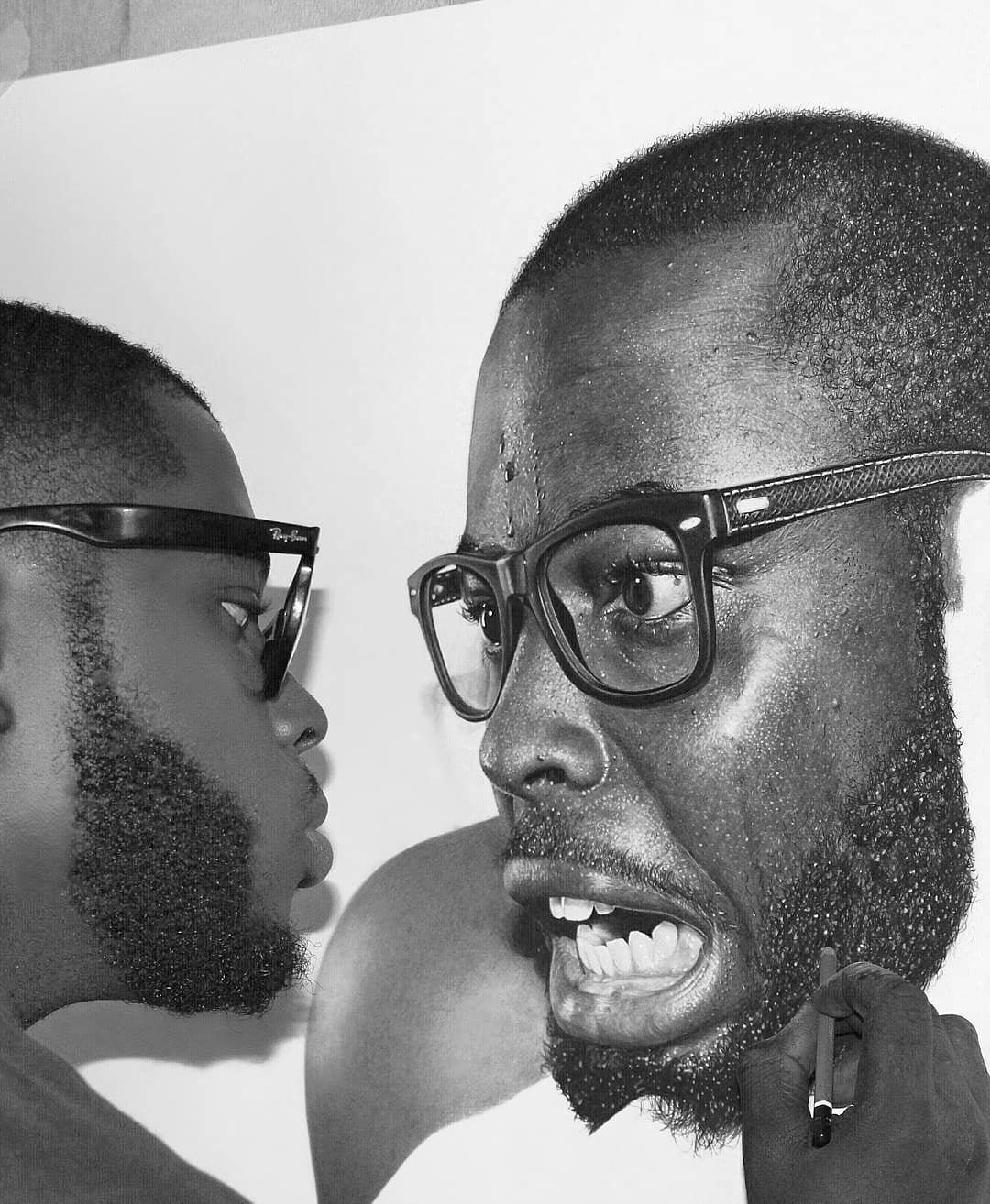


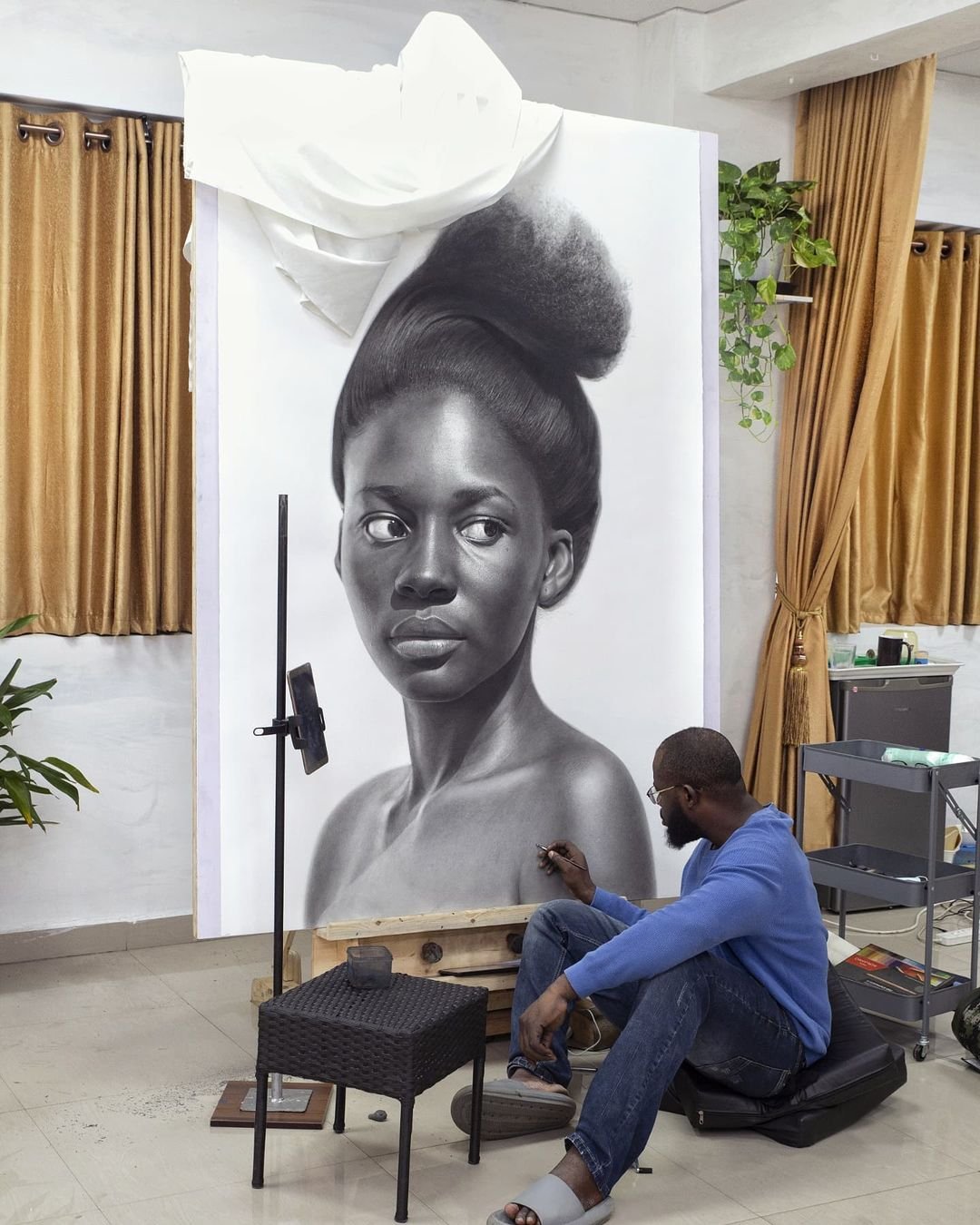
Ken Nwadiogbu
Ken Nwadiogbu is another highly-featured Nigerian hyperrealistic artist with such a distinct style across his projects. His ‘real’ black and white images are brought to life on another level with pops of bright bold colors that almost consume the subjects who peak out into the world, each with varying emotions. Amidst all that color though, is also a story about society, Black culture, equality, and so much more.
Ken works on several other styles, including photography, but his work with mixing hyperrealism with contemporary concepts is what has earned him good recognition e.g. he was one of Guardian’s Outstanding Personalities of 2019.
See some of our favorite pieces below.
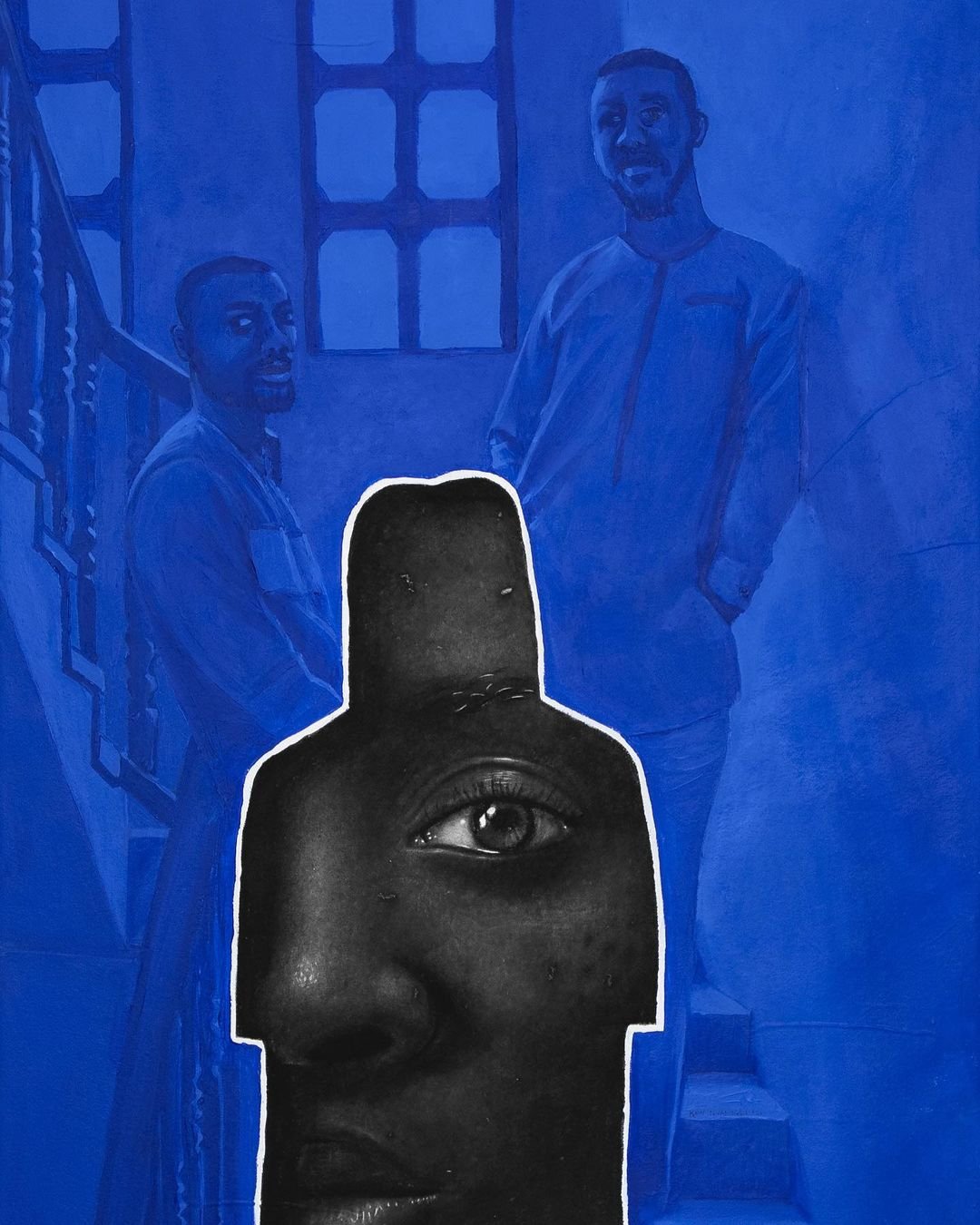
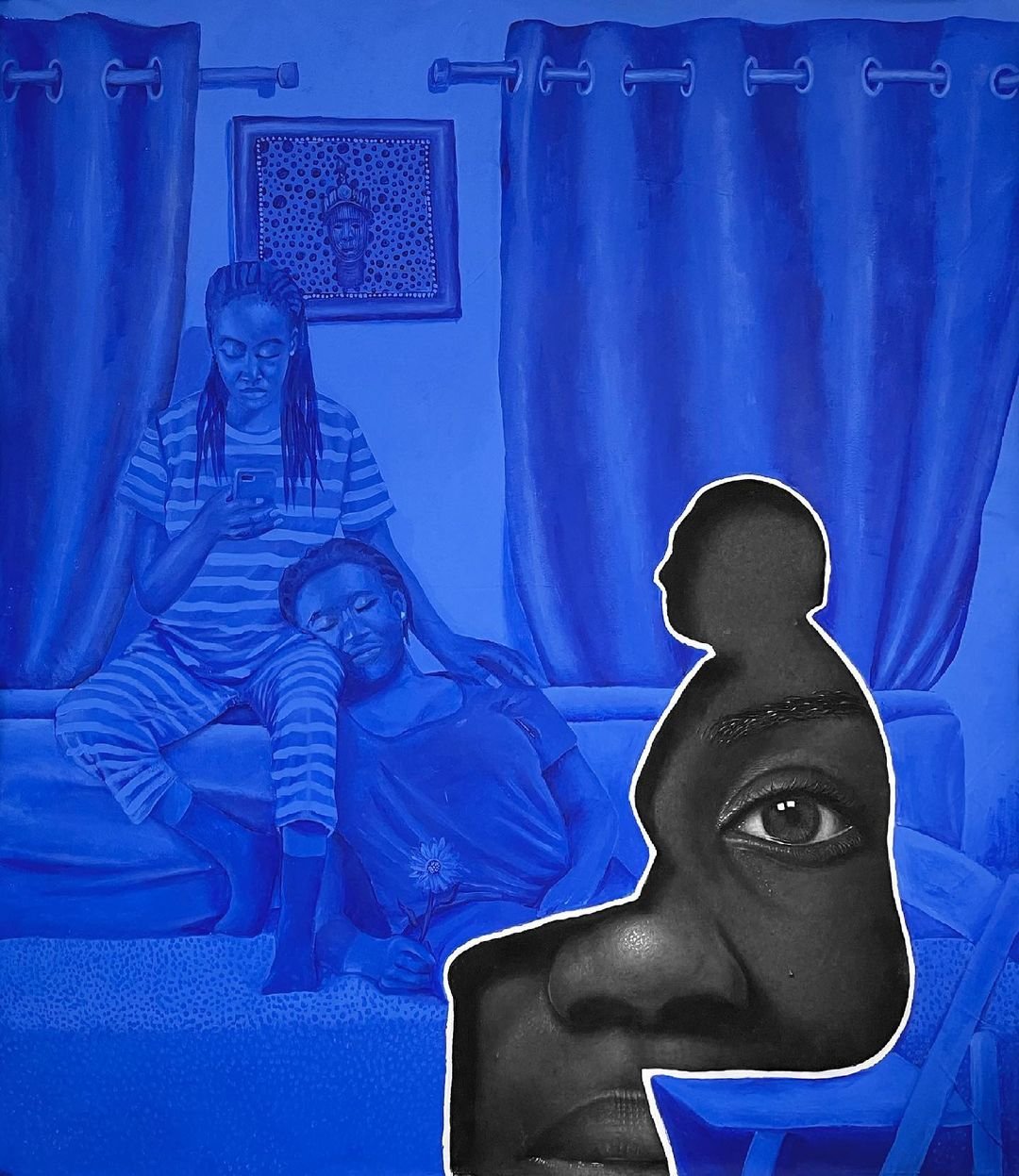
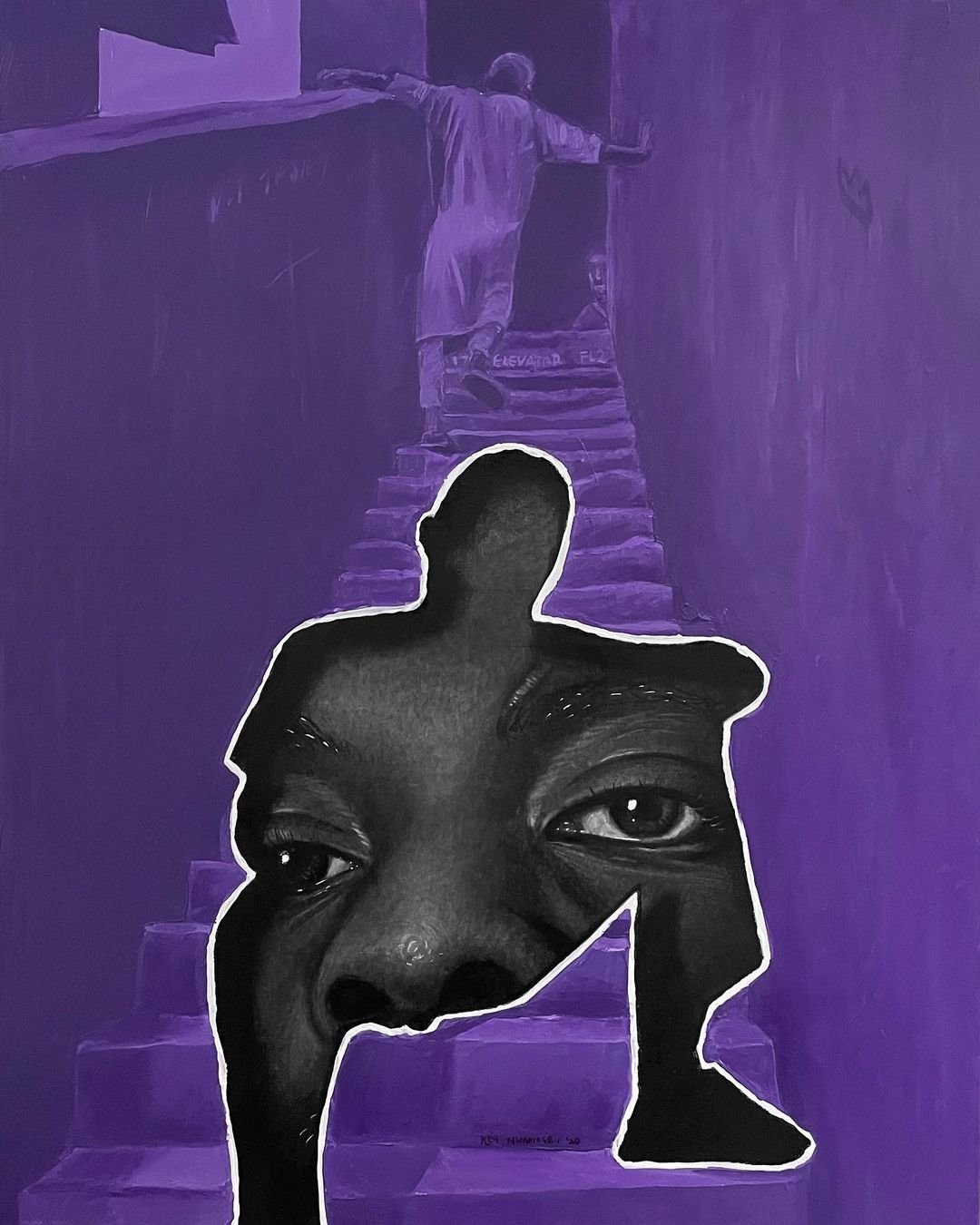
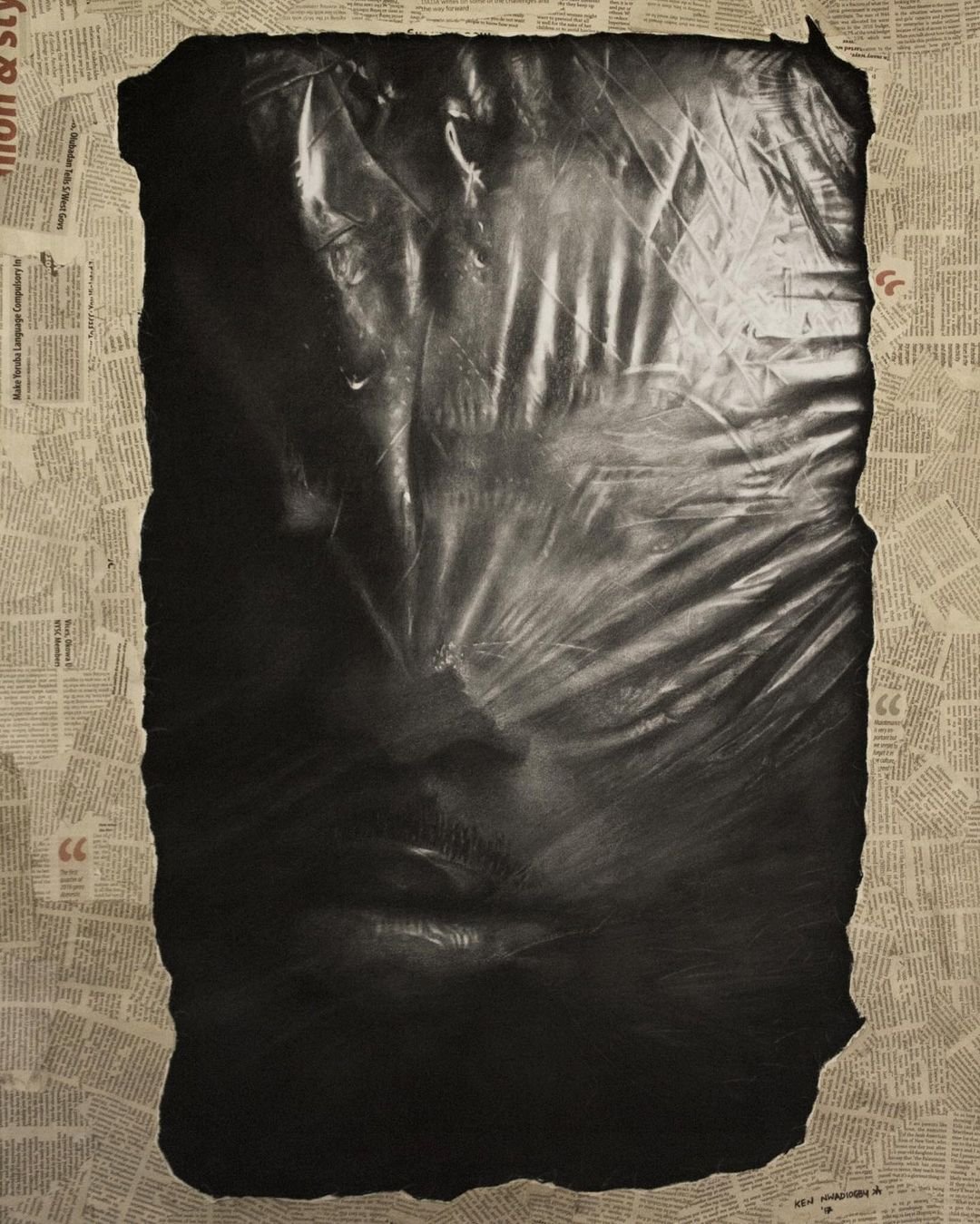
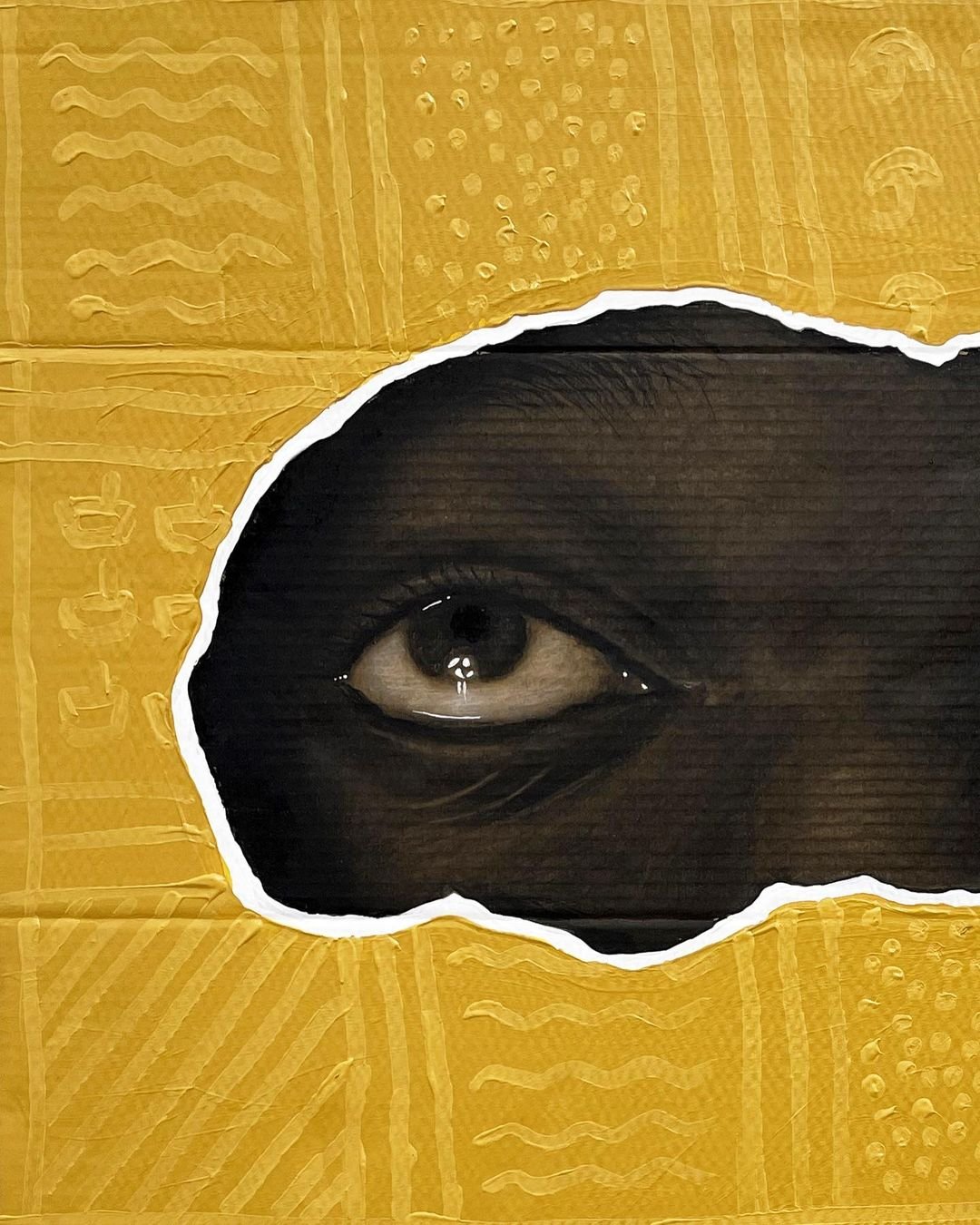
Silas Onoja
Silas Onoja creates paintings that are just full of emotions - literally bursting with emotions. These emotions are conveyed in the details he exudes using oil on canvas. His series where children are encased in nylon prisons but are at the verge of breaking away are so realistic and makes you urge the subject on; and urge yourself on to break away from challenges in your own life, towards success. Silas also uses droplets of water to great, realistic effect - one that made people gasp in awe in the early discovery of hyperrealism in the country.
See some of our favorite pieces below.
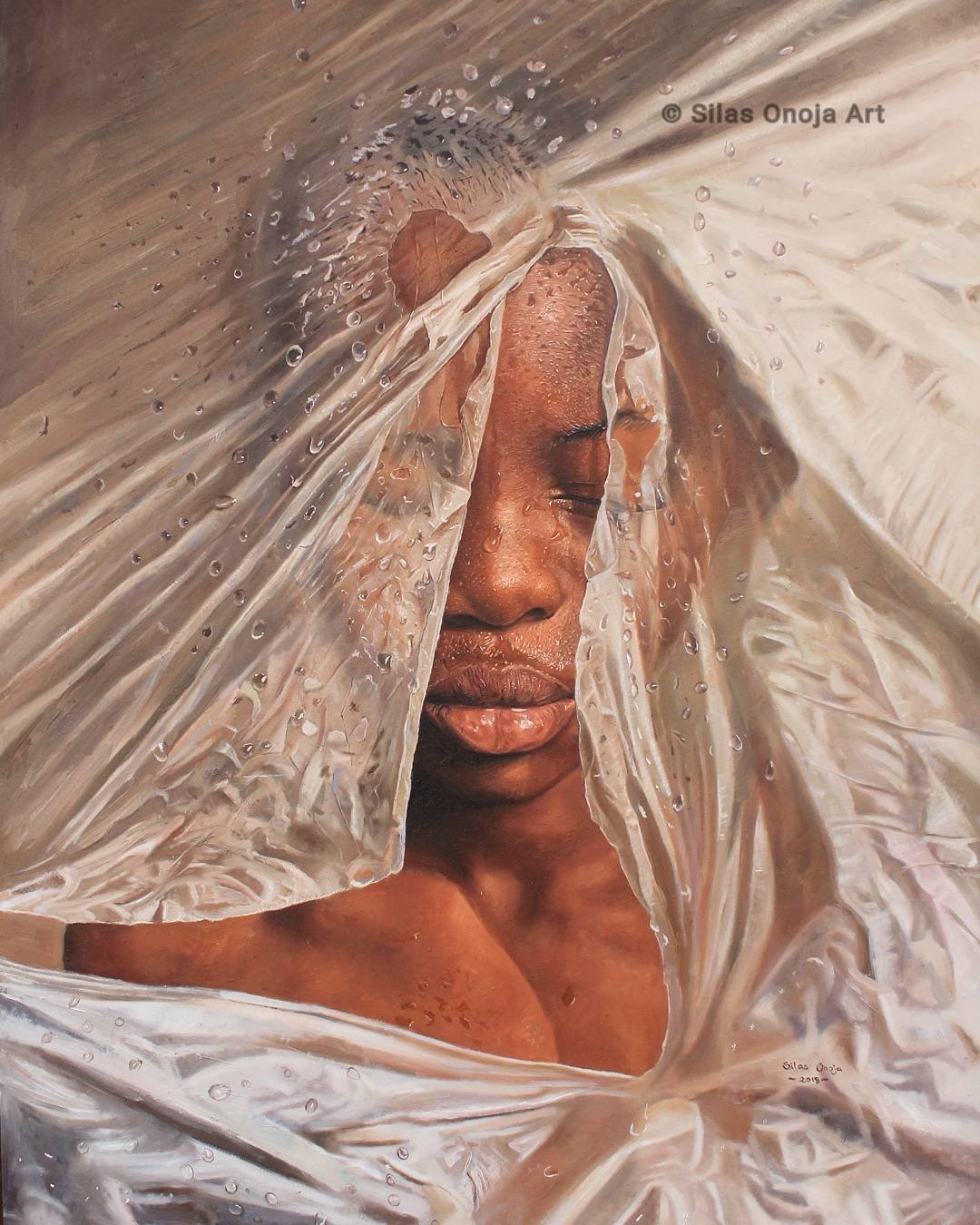
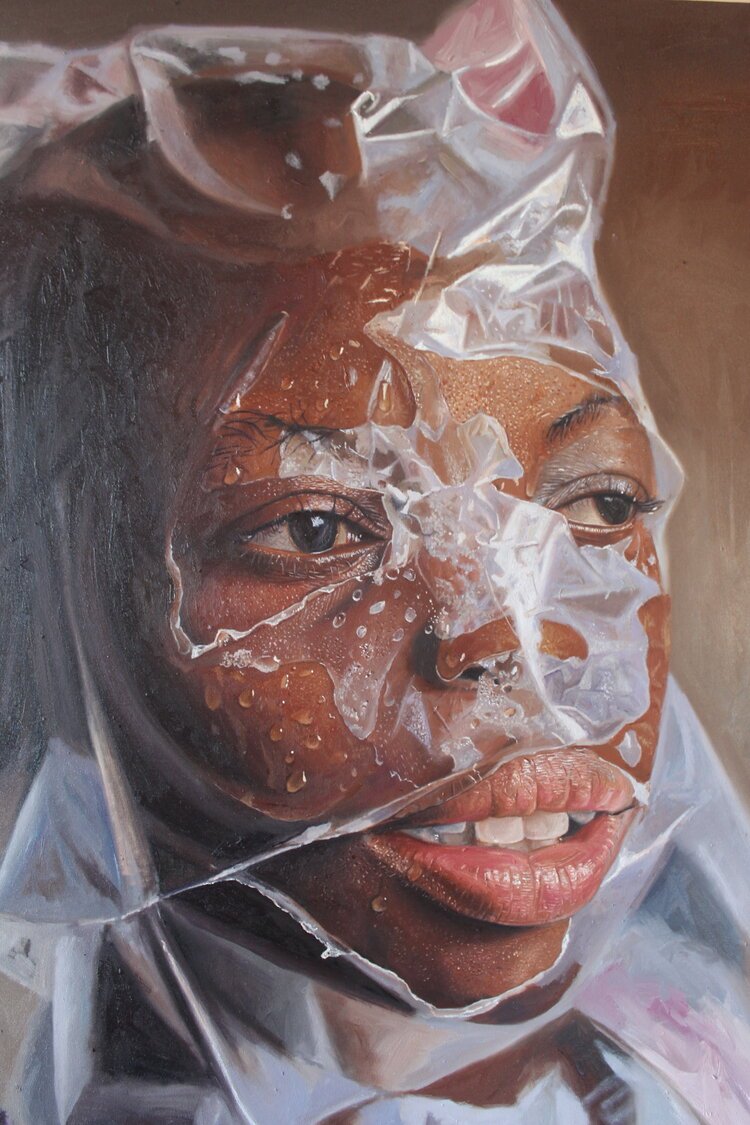
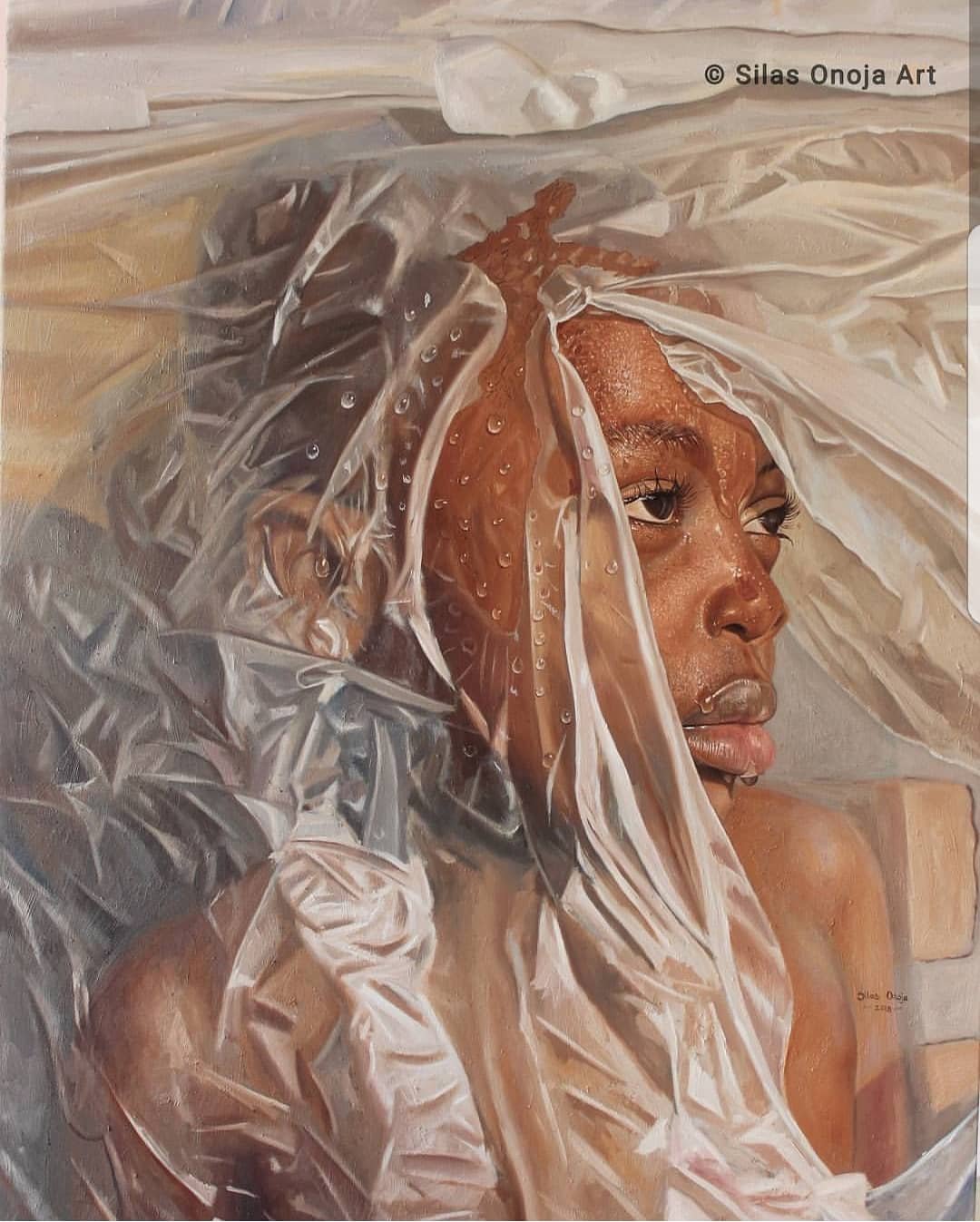
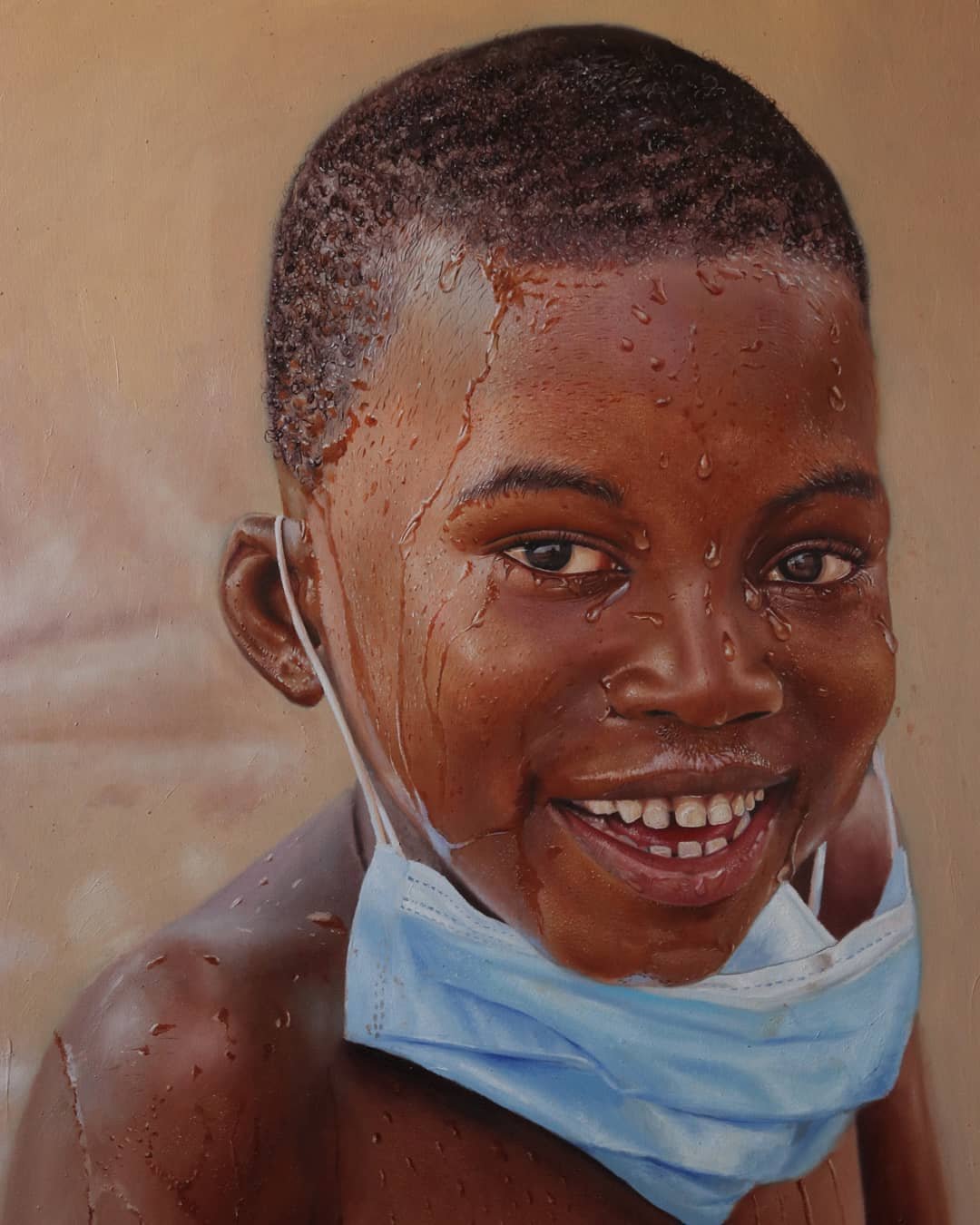
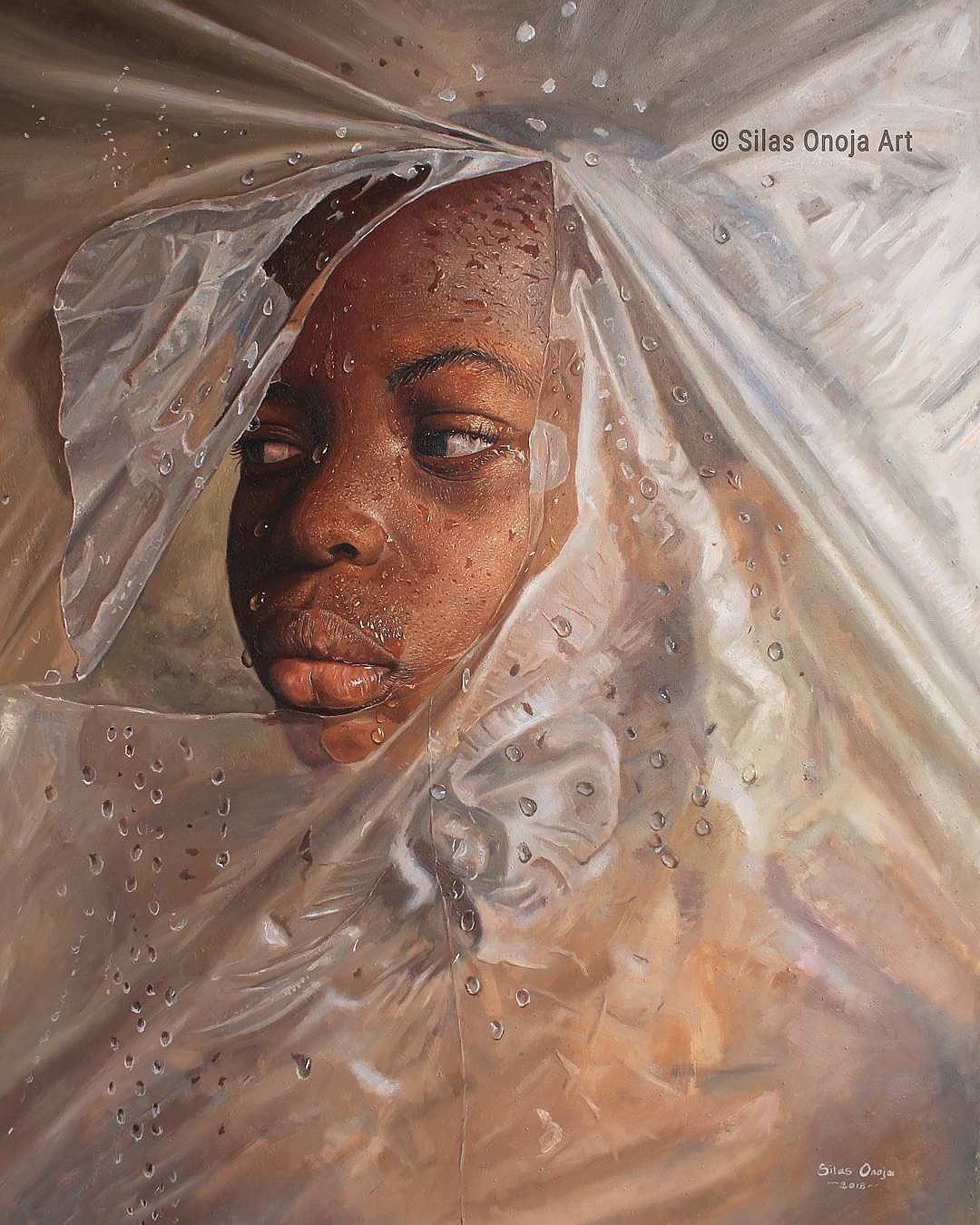
Ayo Filade
Ayo Filade specializes in details. He creates magic with pastels and charcoal pencils, drawing out the most intricate detail in skin, hair, sand, glass, and yes, emotion. There isn't one piece that you’re not tempted to zoom in and examine in detail to confirm that it actually is a drawing. Soap sods are brought to life, literally; a cob of corn looks good enough to eat; and the subject’s fortune could be told from the intricate lines on their palm.
But it’s not just his details that make him stand out. Ayo uses his art to tell a story of society - be it greed and corruption, or inner struggles that threaten to pull us apart. Compelling is an understatement. See some of our favorite pieces below.
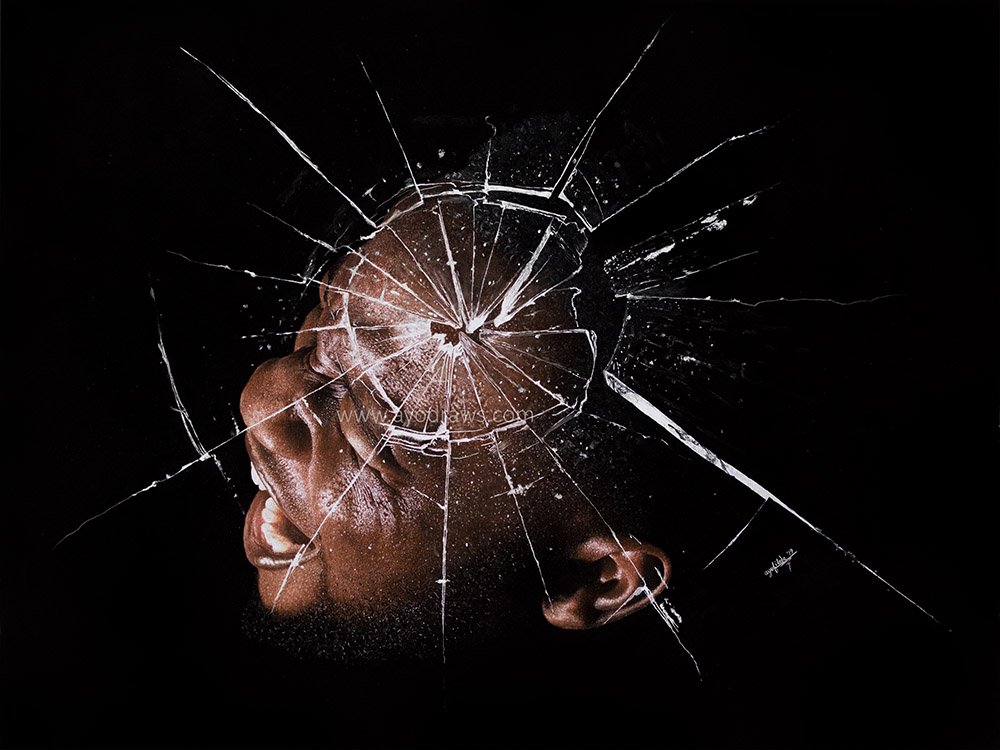
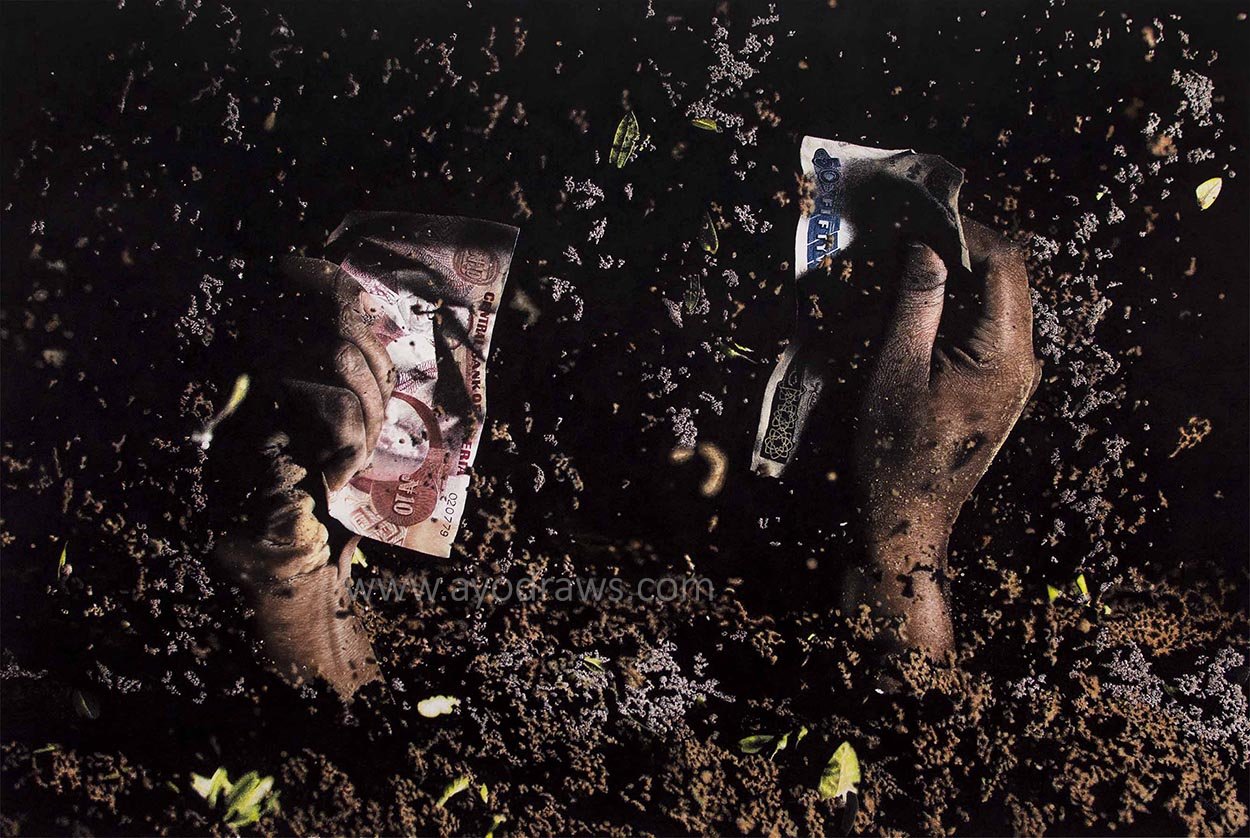
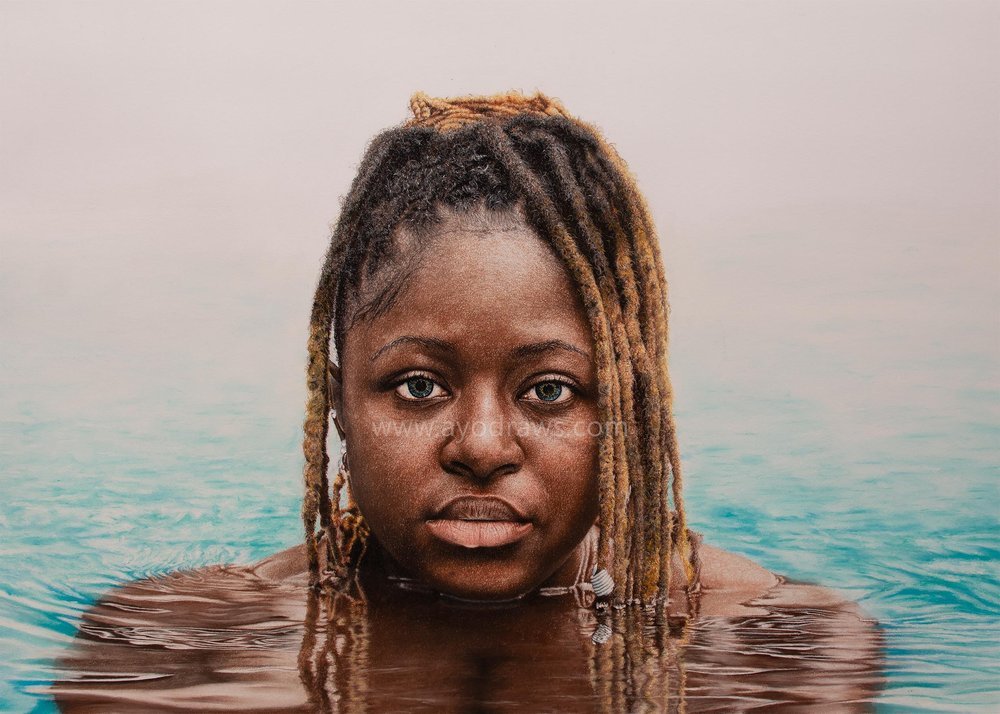
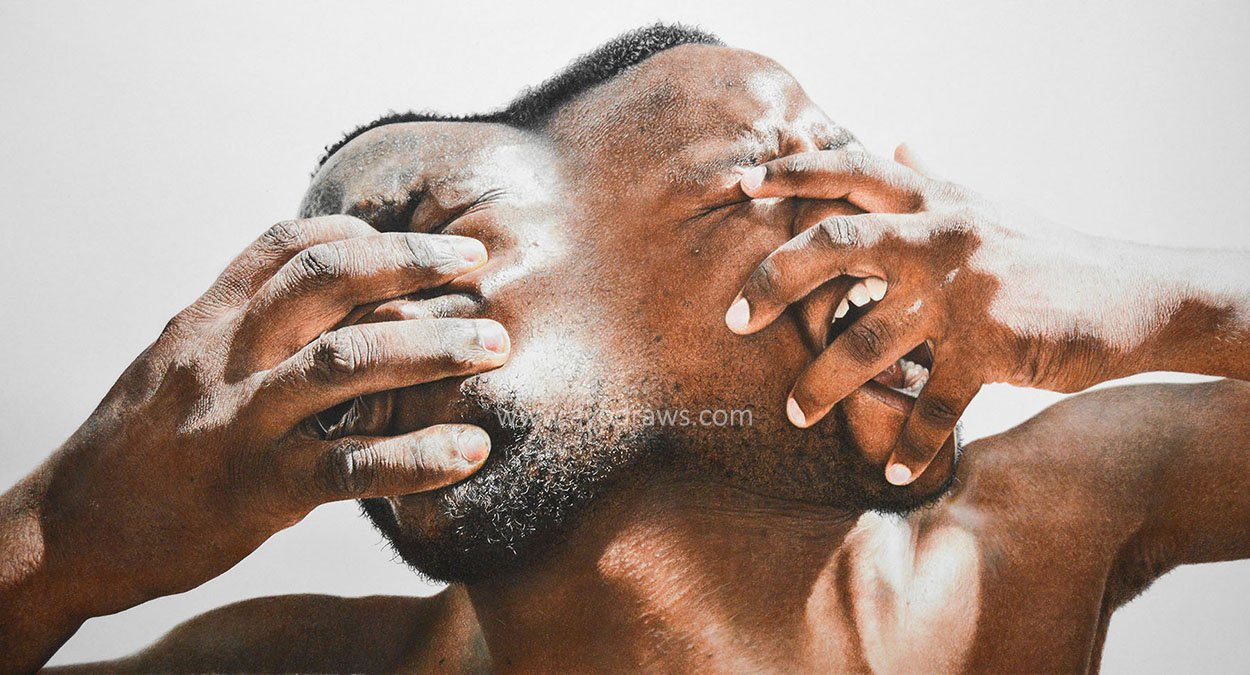
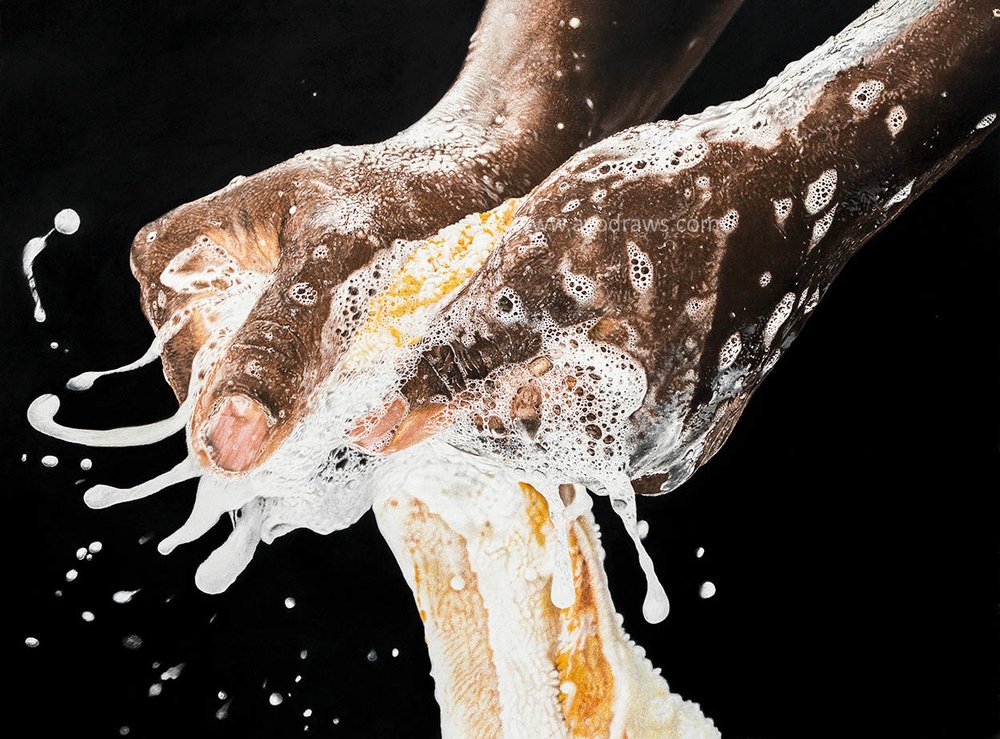
Oscar Ukonu
Oscar Ukonu is a hyperrealism artist who stands out because where others use charcoal or paint, he uses a ballpoint pen on paper! Getting into that much detail and achieving that much realism with a drawing using this medium leaves us (and anyone really) awestruck.
Oscar’s mastery of the blue ballpoint pen can’t be mistaken, and he puts this to good use to tell stories that affect society - for example, from the population being blinded by fake news and misinformation even spread through the newspapers), to a young boy exuding confidence despite the distraction of water droplets, to another boy being serene in spite of the madness of society. See some of our favorite pieces below.
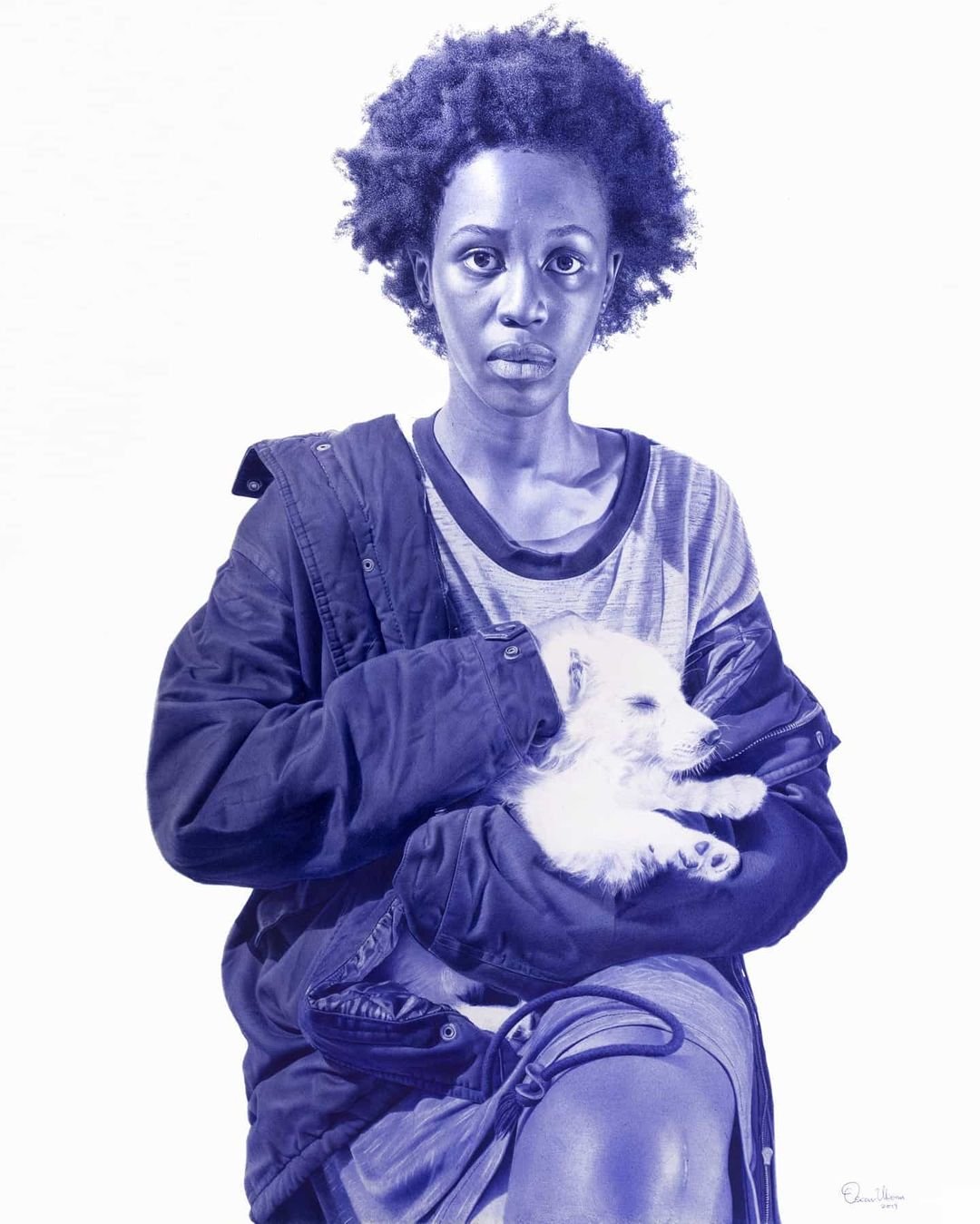
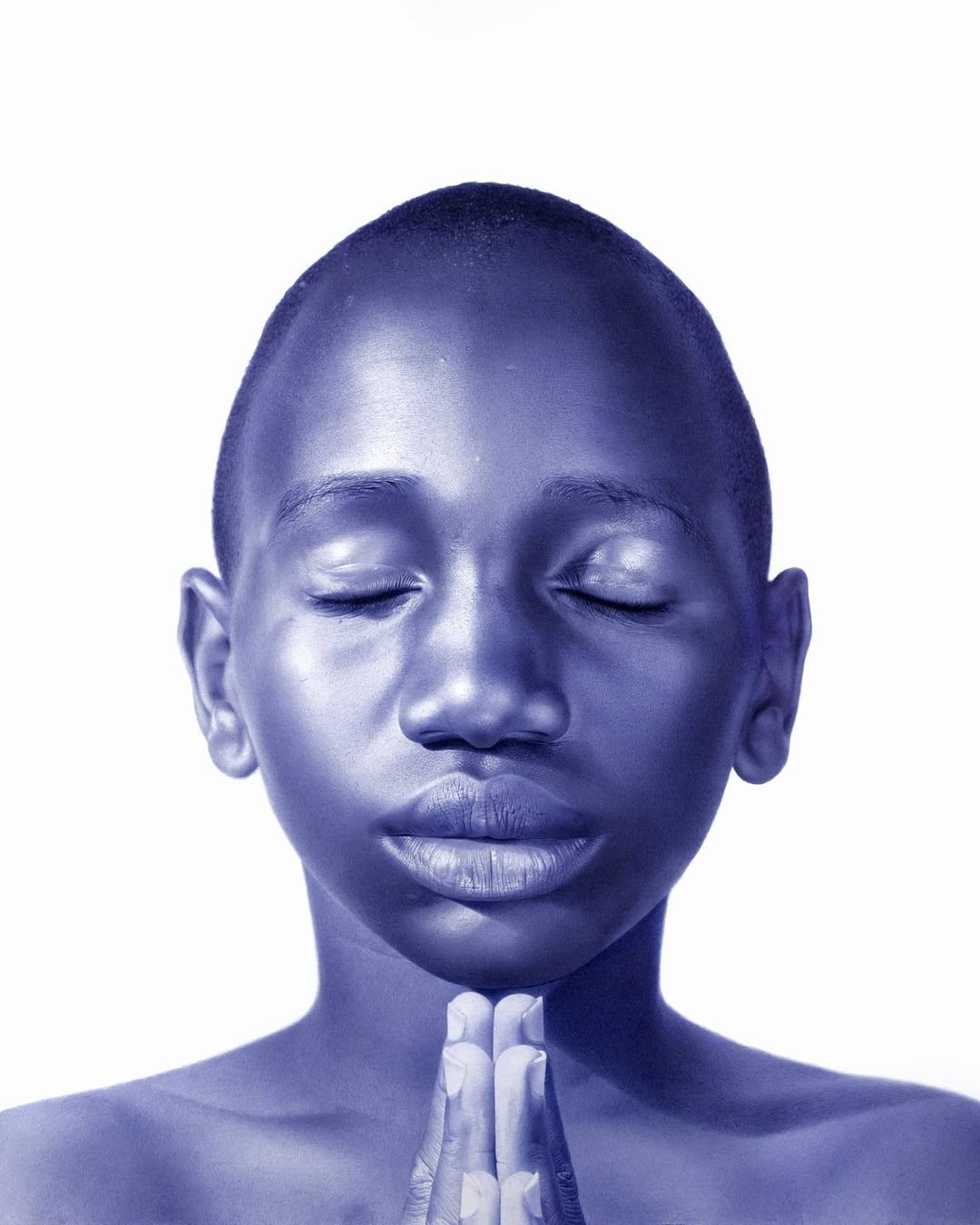
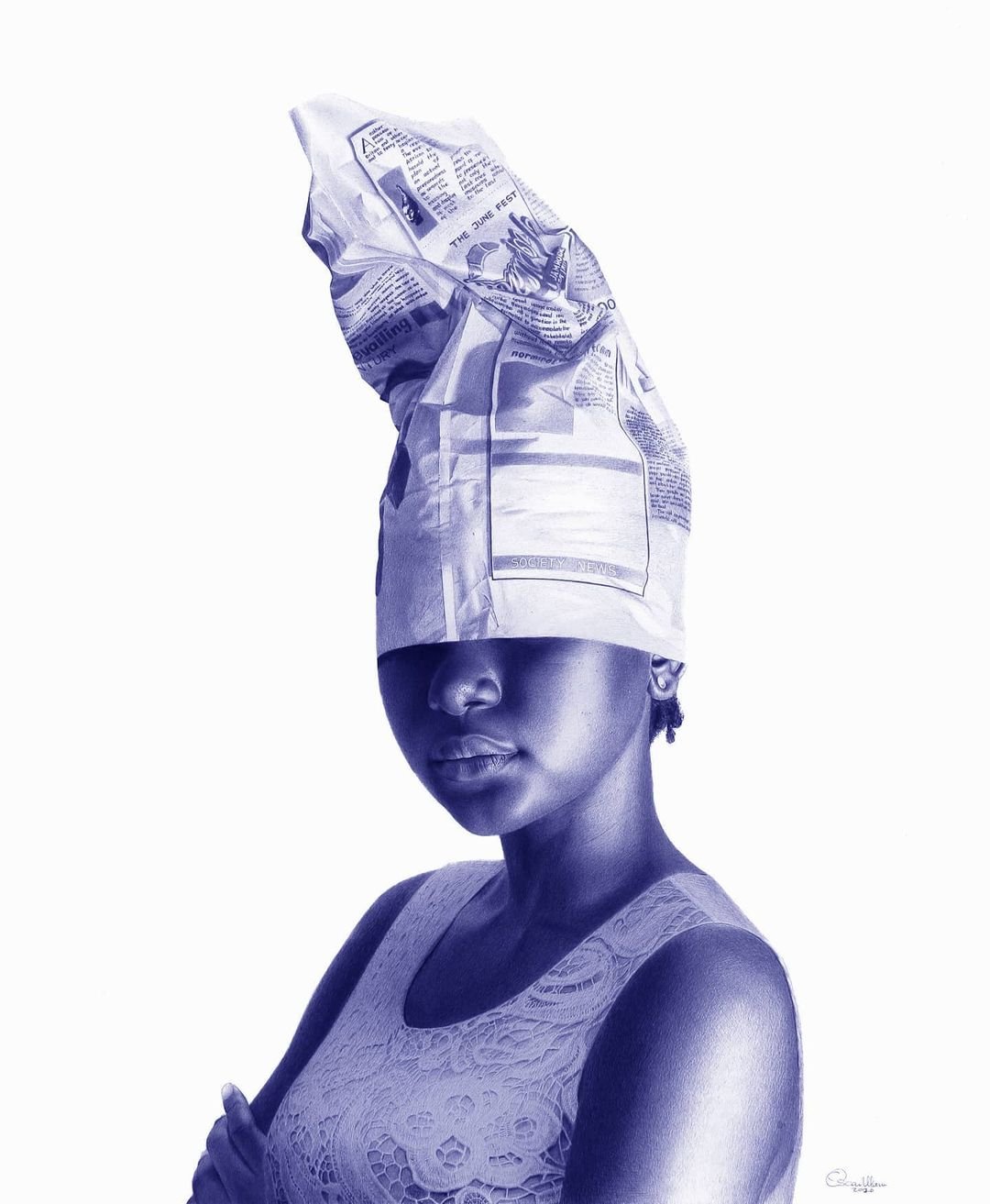
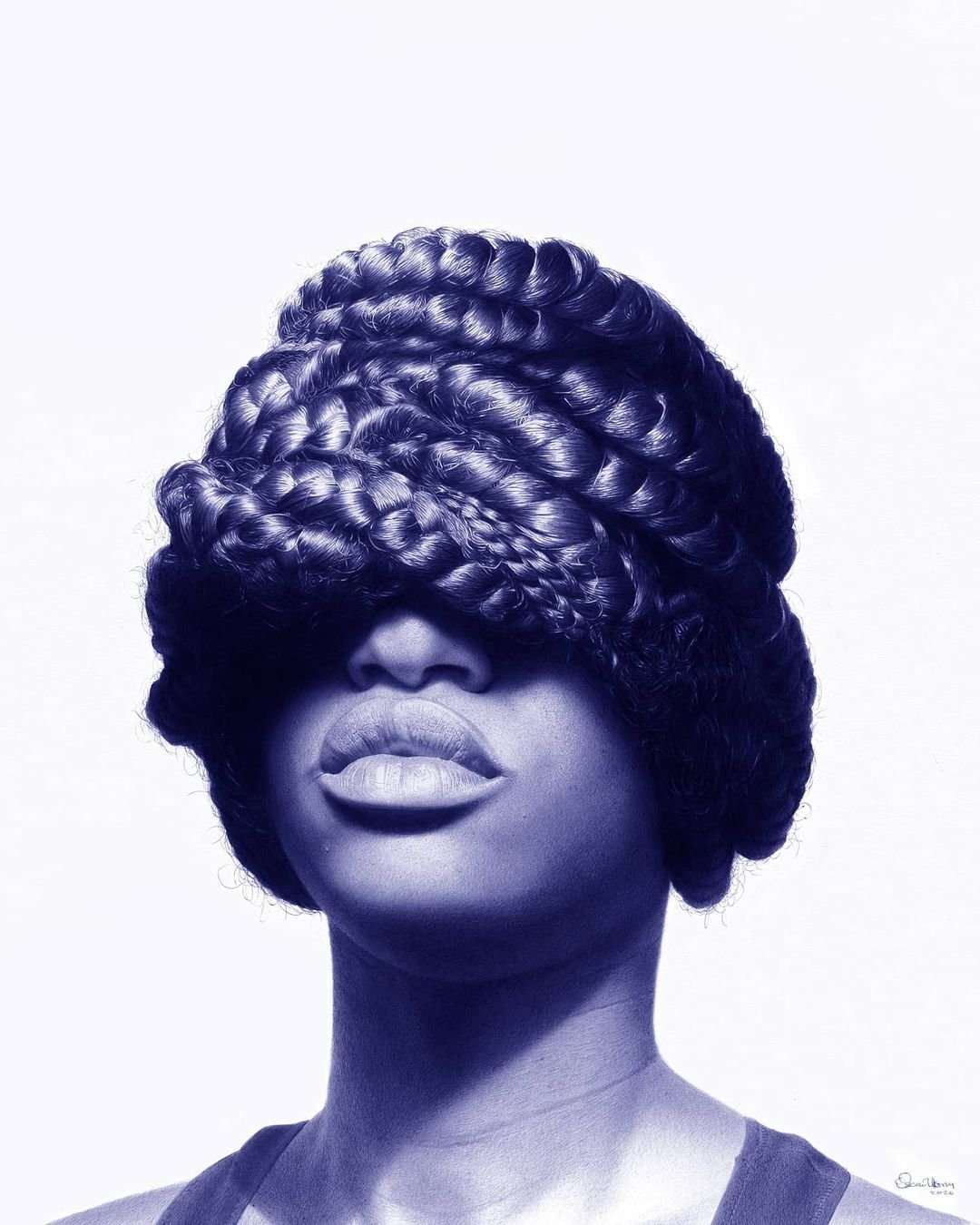
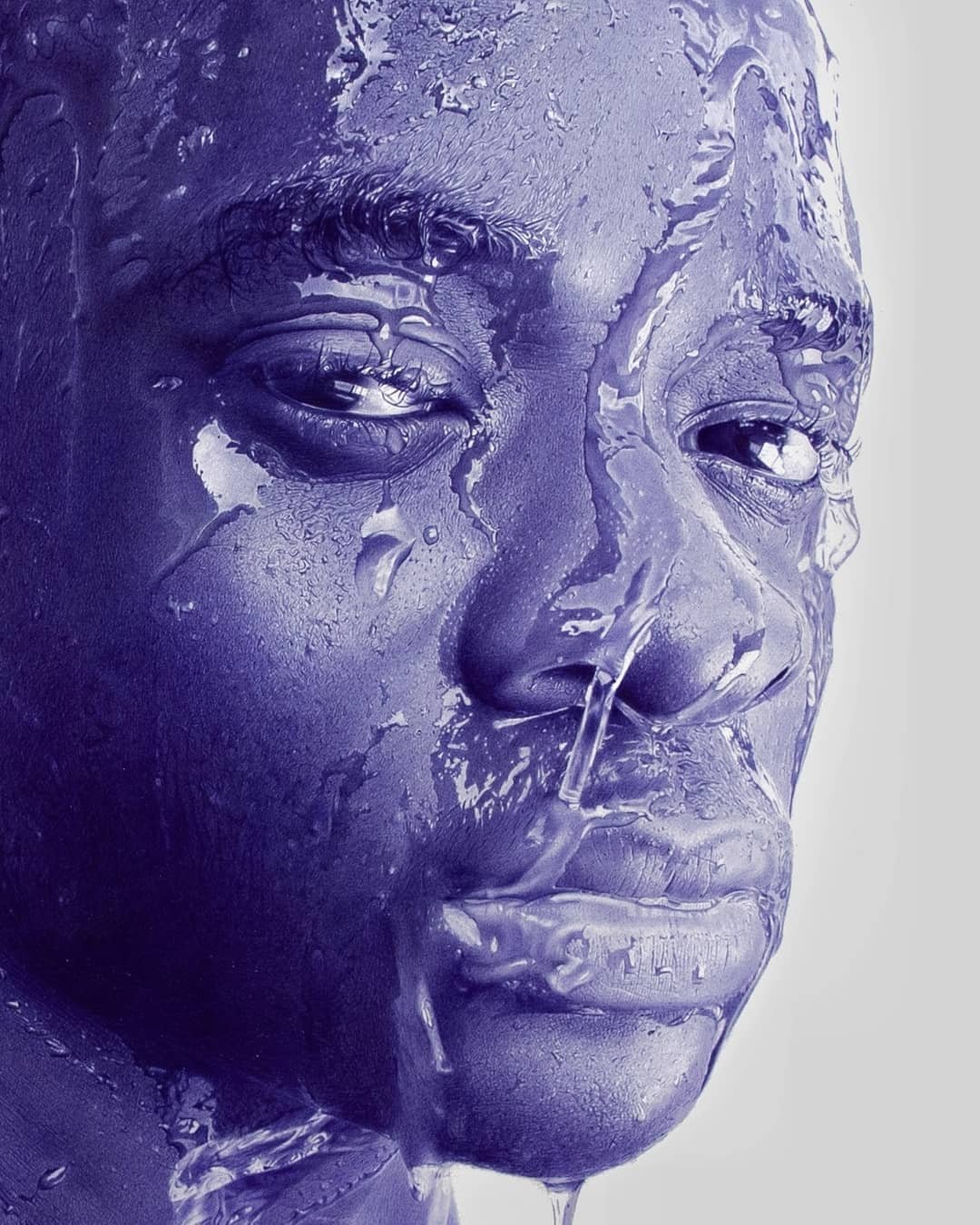
Raji Bamidele
What sets Raji Bamidele apart is not just his realistic charcoal drawings, but how he combines these with other textures that just adds a different dimension to hyperrealistic art than anybody else does. We particularly love his series where he combines his dark drawings with gold leaf, textiles, and rhinestones to depict how a myriad of experiences come together to make an individual whole - molding them into the person they should be. Raji even uses burnt wood in some pieces such as in his Dear Black Witness series.
Raji’s creations range from inspirational - urging us to dream but do something about it to achieve those dreams in reality, to speaking truth about society such as turning blind eyes to witnesses who are clearly being truthful. Life is reflected in his stories, all surrounded by the overarching concept of Blackness - be it Black society or a void where all is possible. See some of our favorite pieces below.
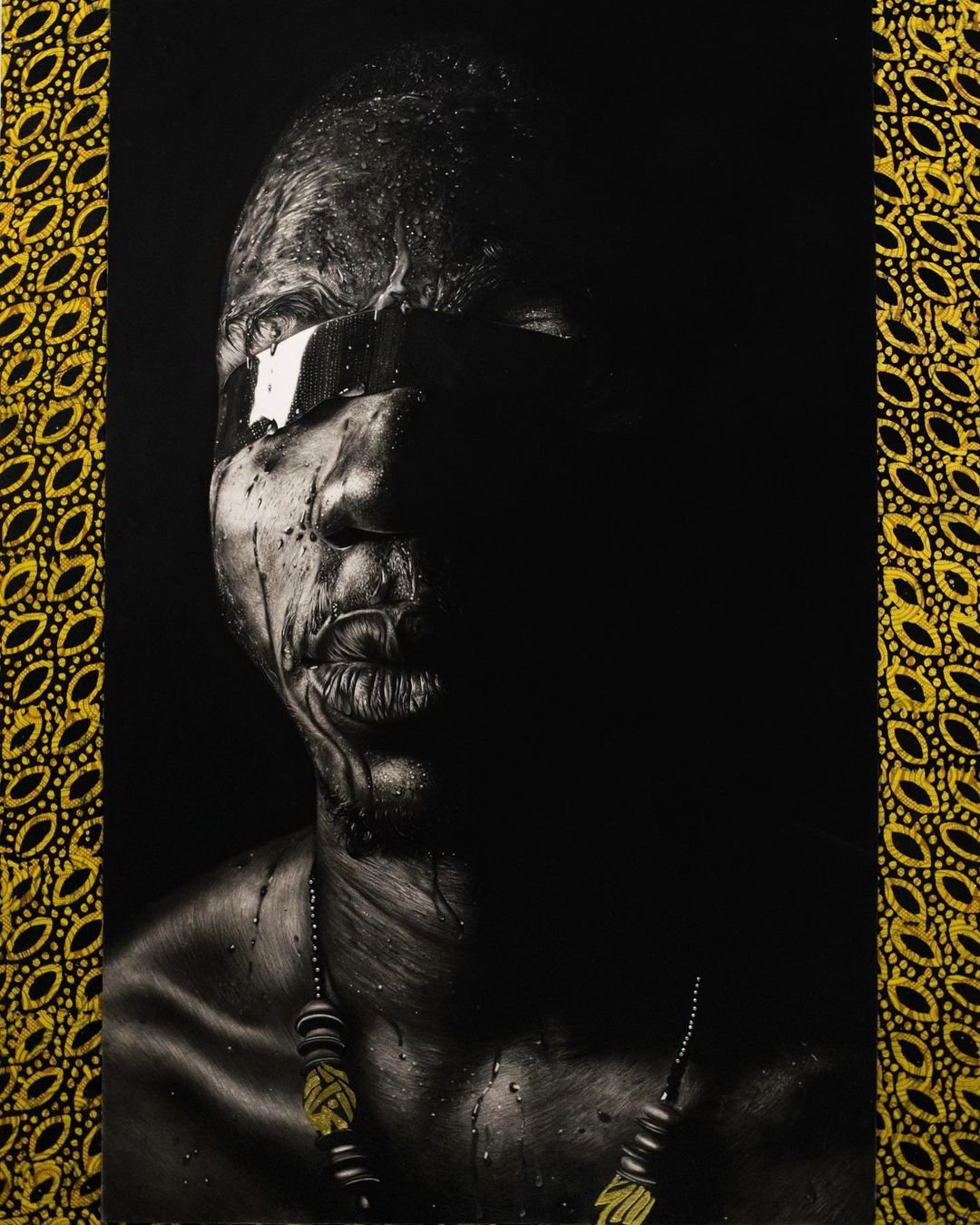

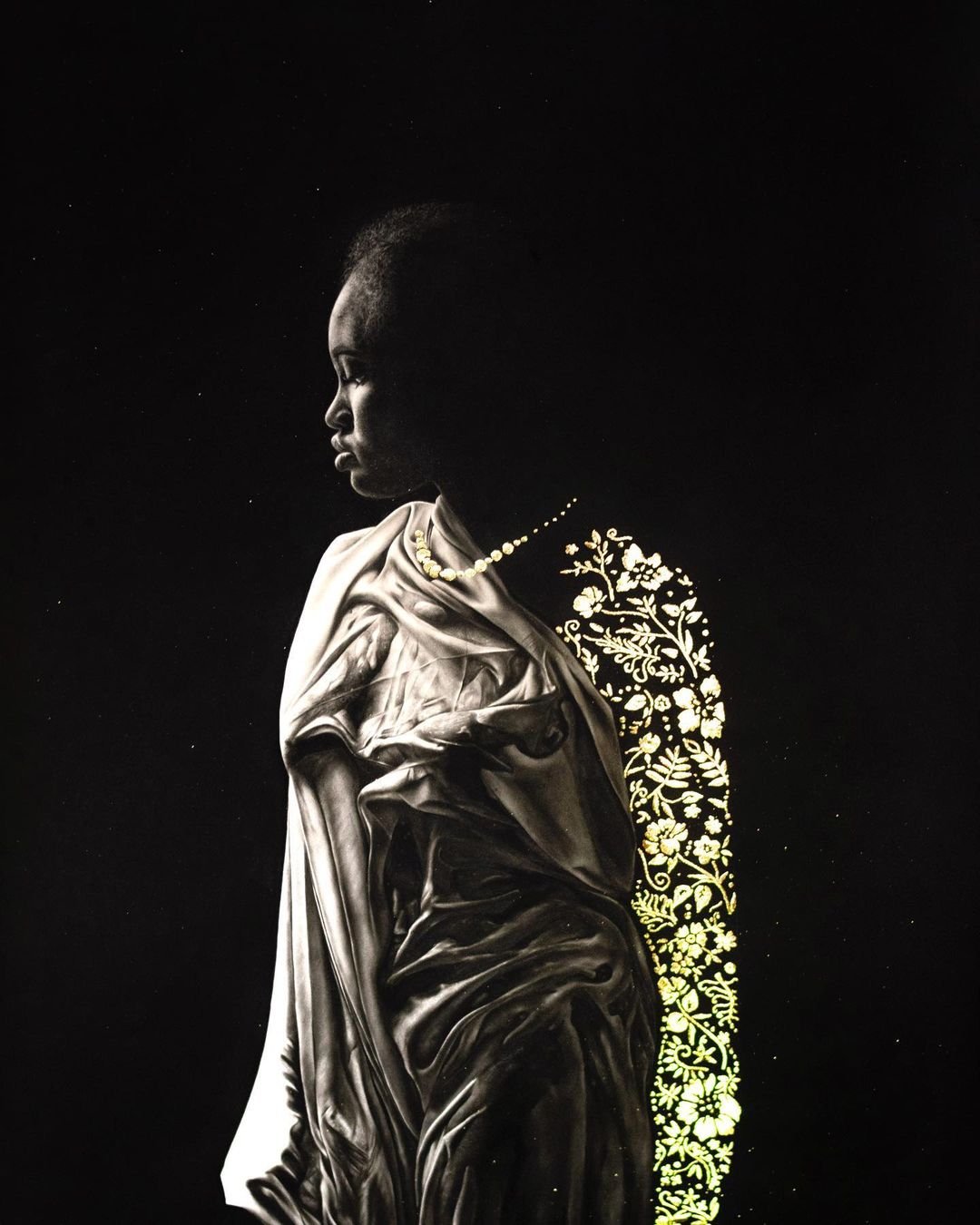
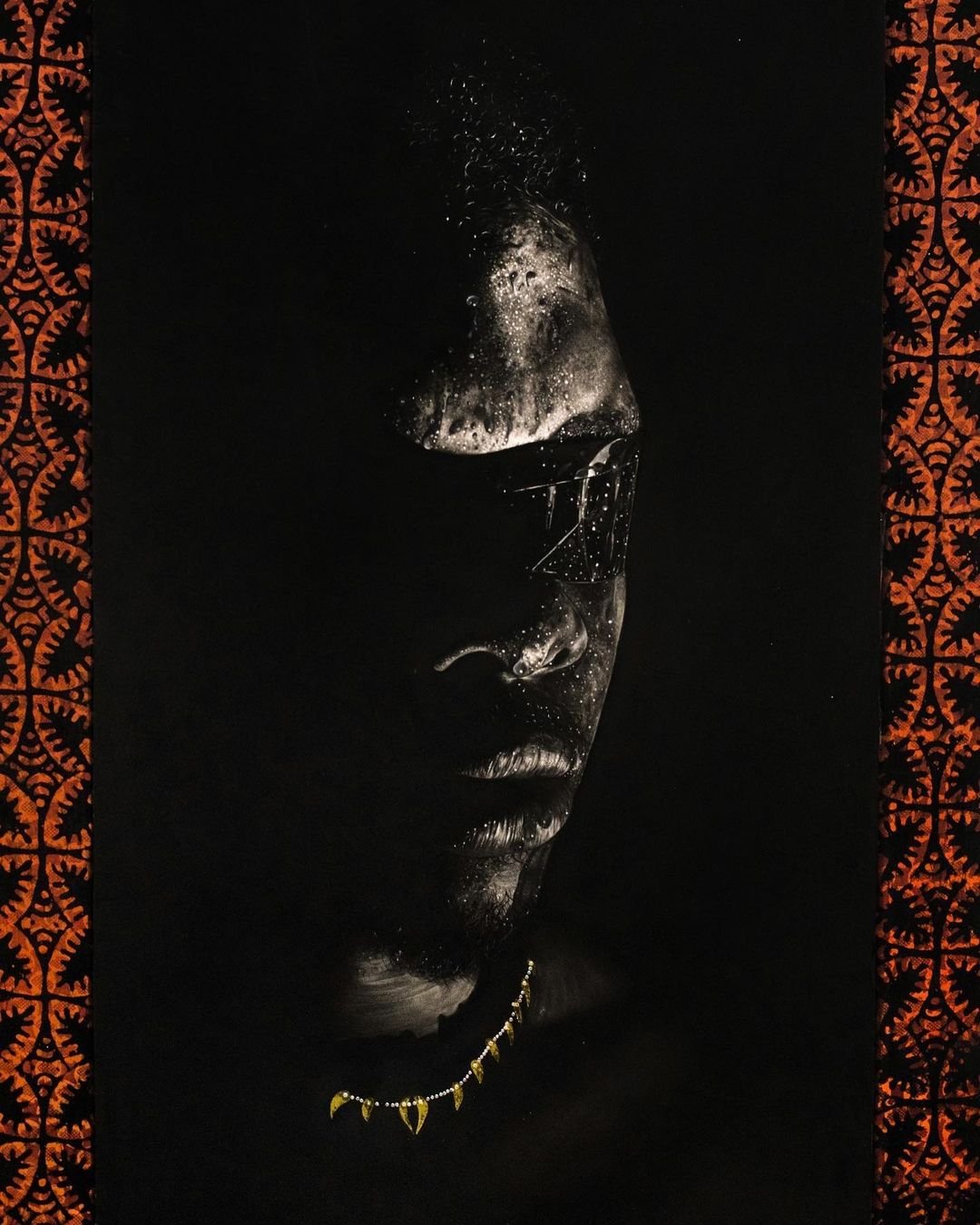
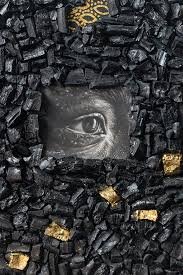
Ifeyinwa Joy Chiamonwu
Ifeyinwa Joy Chiamonwu helped push the needle for hyperrealism in 2017 when her artwork of a little girl in native wear and snail shells in her hair went viral! She helped fuel the fire with her graphite and charcoal life-like creations, and she has been going on ever since, e.g., expanding from charcoal into color - ever still as lifelike. Her depiction of daily life in native Nigeria is compelling because we can all relate - from the joys of biting into roasted corn to the satisfaction of a chore well done - she brings these scenes to life in our minds.
What’s more, in a style dominated by men, we love to see a woman also making it! See some of our favorite pieces below.
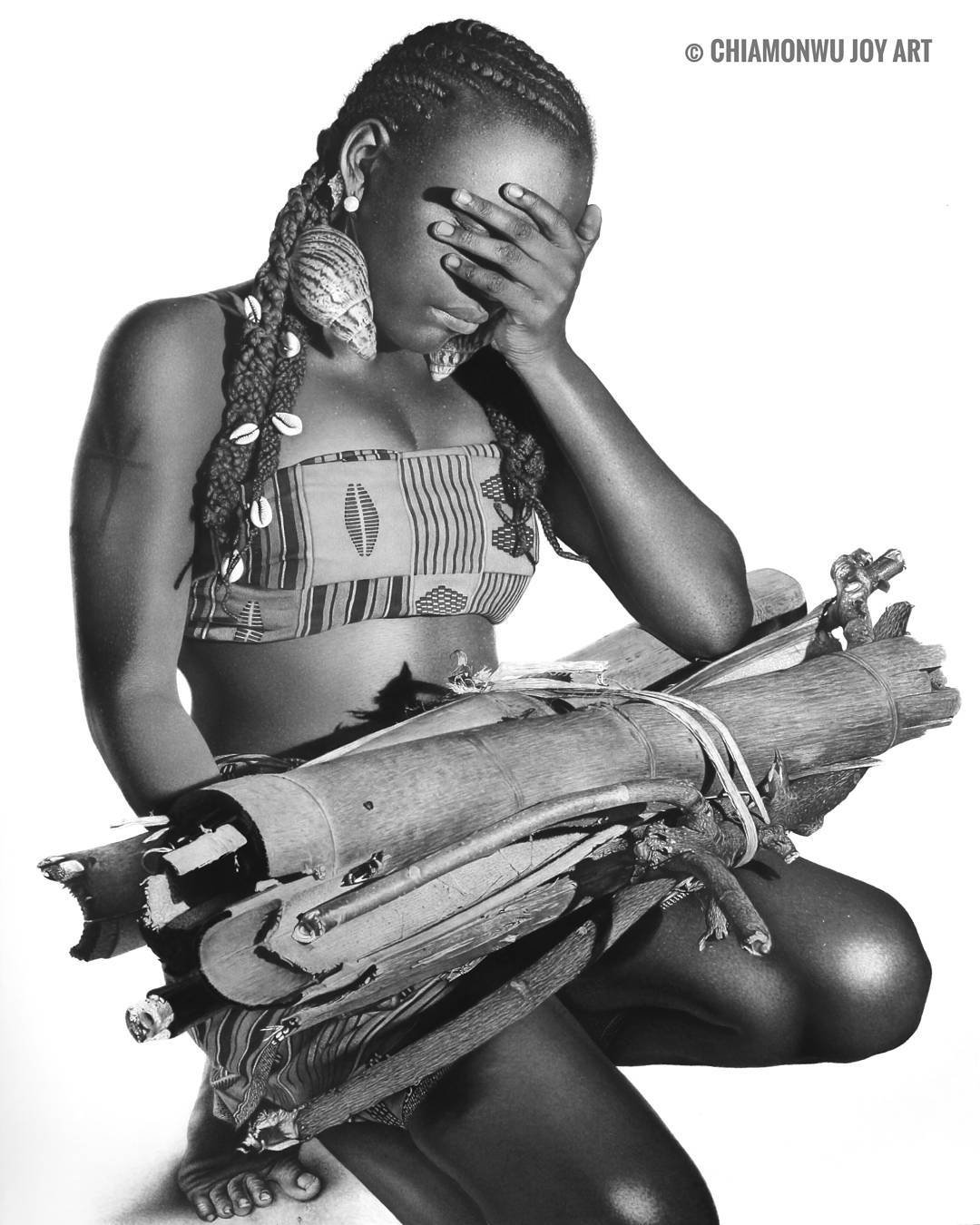
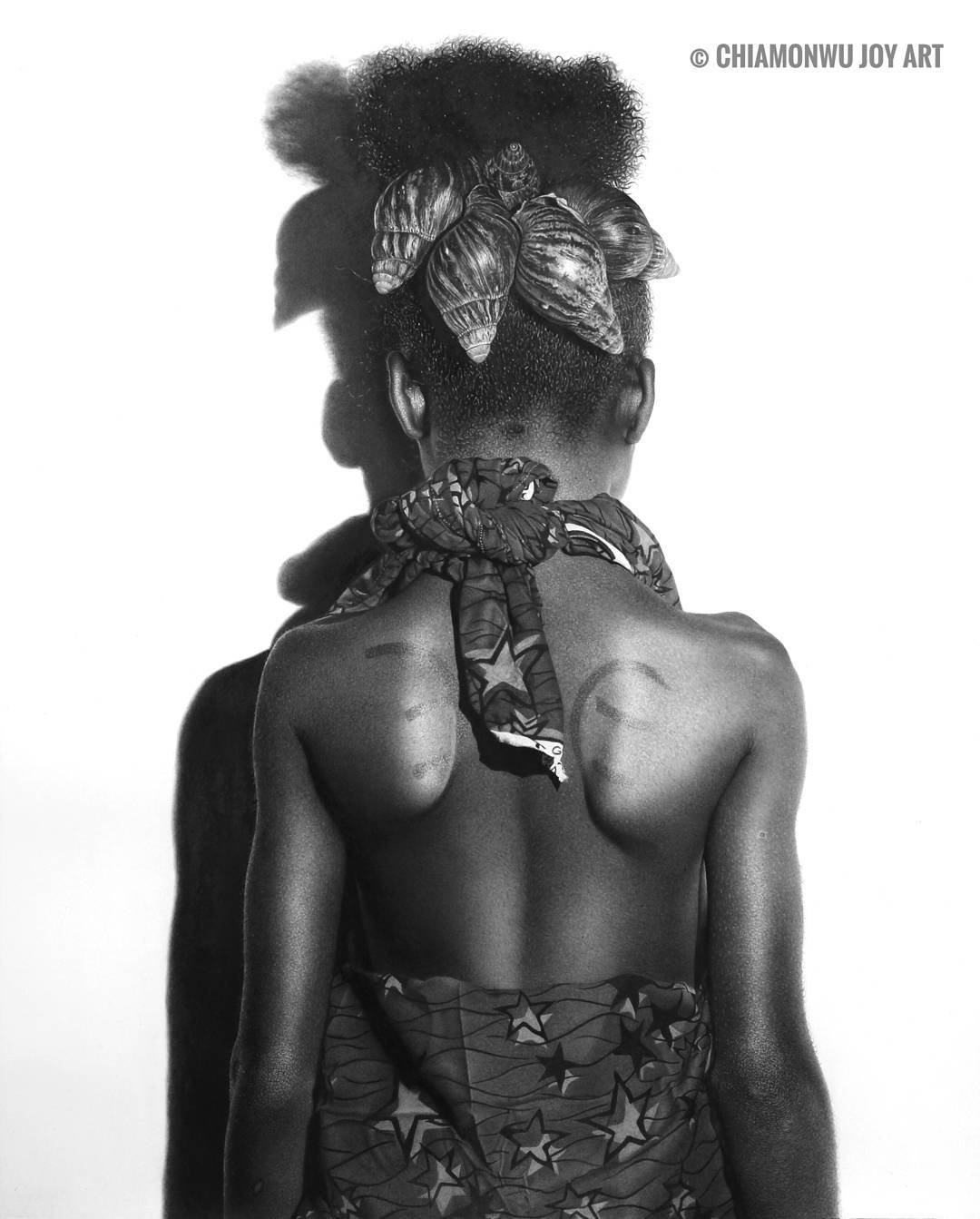
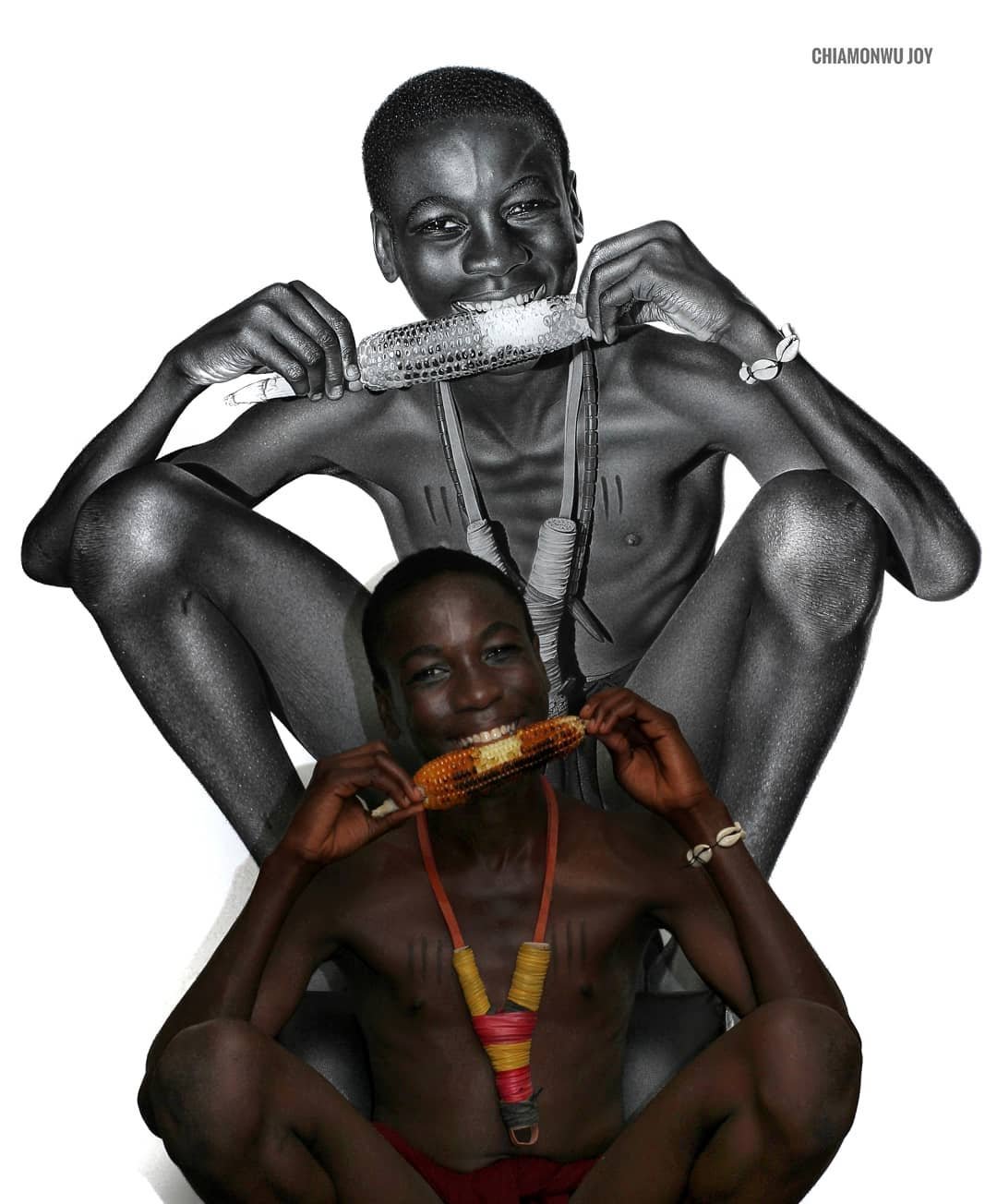
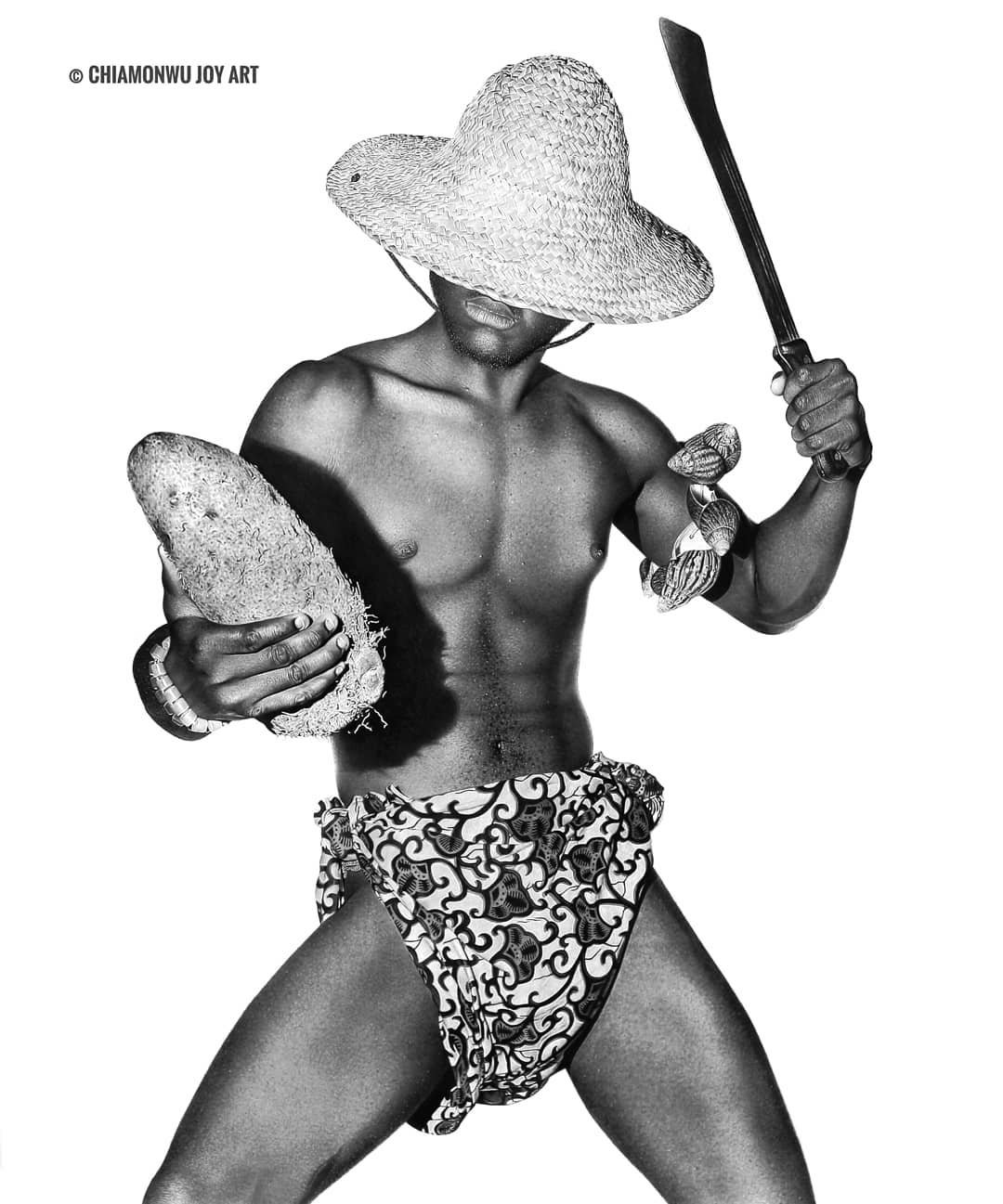
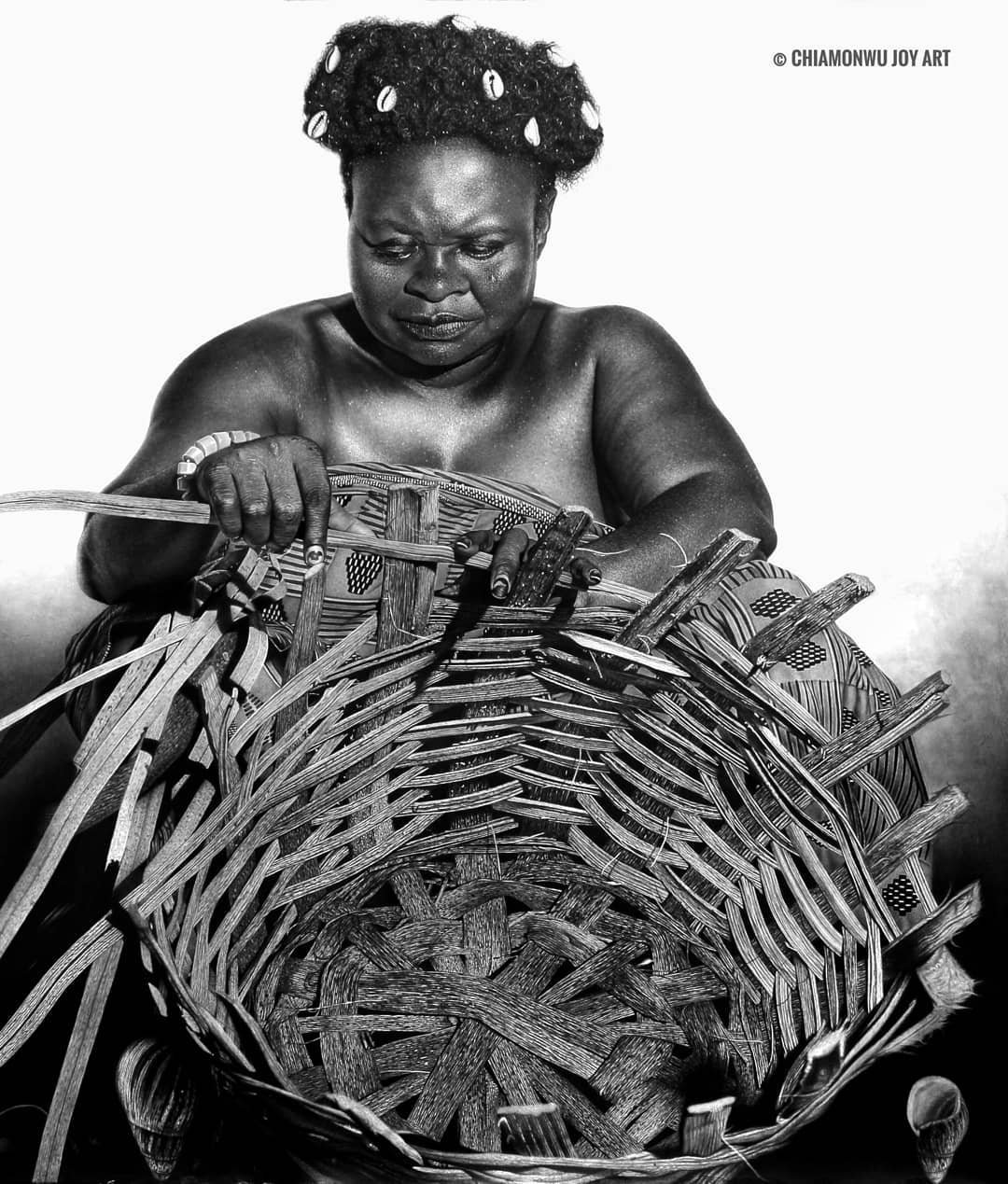
What’s next for the style
We haven’t met anyone who isn’t fascinated by hyperrealism - and small wonder. The art form has been around since the early ‘70s, with no signs of slowing down anywhere around the world. What is new though, is that Nigerian artists, particularly young ones, are now starting to make a mark. Artists like Arinze Stanley and Ken Nwadiogbu have noted that they’re booked for exhibitions years from now. Many others have solid representation and are making sales.
Still, the buzz of 2016 - 2018 about hyperrealism has certainly settled down, so perhaps we’re ready for more conversations and celebrations e.g. a massive sale from one of the artists? We can only hope. But though many of these artists are exhibiting outside of the country, there is still work to be done by Nigerian galleries to promote the art form. There hasn’t been much dedicated focus on it since Omenka Gallery held its exhibition years ago - so we also need more ‘buzz’ from these factions.
Nevertheless, we are definitely excited to see these artists grow and gain more and more recognition both home and abroad. And we’re staying tuned for more good news as hyperrealism from Nigeria rises and rises.
Words by Adiya | All images from the artists’ Instagram feeds

